Ken Atkinson's British KR2, G-BVIA
Ken Atkinson's British KR2
Written by Willie Wilson, longtime Scottish KR2 builder and pilot

Here's a new British Kr2, not quite an "S" but with 14" inserted in the fuselage like an S. The head popular Flying Association [EAA] man asked if I would assess it, to compare it with a normal Kr2,before he issued a permit to fly. It is built and flies beautifully and was a lot more docile than my own in the brisk crosswinds we had that day.

G-BVIA is owned and built by Ken Atkinson who
lives in the north of England in the Lake District.
Powered by a VW 1834cc engine driving a 'Lodge' prop and with
'Hapi' style electronic ignition at 2000' it gave 110 kts at 2900 rpm.
On initial climb out at 900 lbs I recorded a rate of climb of 750
ft/min. and found it stalled at 35 kts. All this at an OAT of +2 Deg C.
The basic weight of the aircraft is 656 lbs which means it is
restricted to single crew as the CAA/PFA only allow 900 lbs max t/o wt
in the UK.
The ID of the aircraft in the back ground is an old static model
which the local flying club take around the air shows etc as an advert.
The CAA is too straight laced to allow such a registration overhead!!
Can't have that in the UK! And no I am not putting on weight I am just wearing my
bulky warm flying suit because it was ccccold!

Flying control forces were light and well harmonised and short
period damping was dead beat in pitch and roll and in yaw oscillation
damped in one cycle.
Slight turbulence excited a noticeable stick free pitch
oscillation which was easily controlled but a gentle buffet could be
felt through the 'stick'. I don't get this in my standard Kr2. My
feeling was that some disturbed airflow was detaching from some part of
the fuselage and striking the tail plane. See flight report below.
Ken intends to base G-BVIA at Cark Airfield near his home which
has a short runway and as a consequence he and his PFA inspector Geoff
Bailey-Woods, [who lives nearby and is building a similar KR] have
designed and fitted combined airbrake/flaps to help give better short
field operations.
I found their system worked well but created some buffet, so a
speed limitation of 80 kts for 1/2 flap and 70 kts full flap has been
imposed.
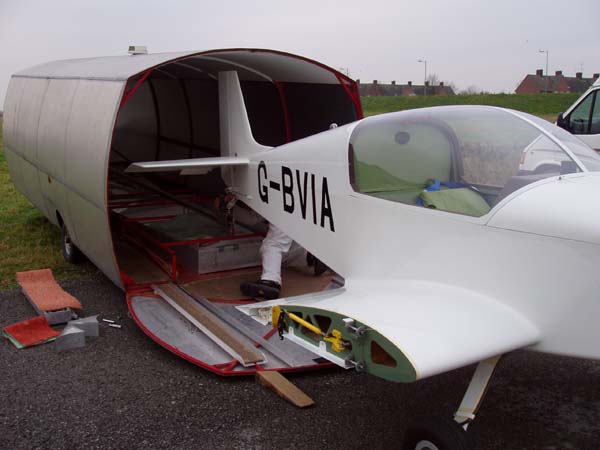
Ken’s trailer and hangar! He has made the wings so easily detachable that it is not even a chore.
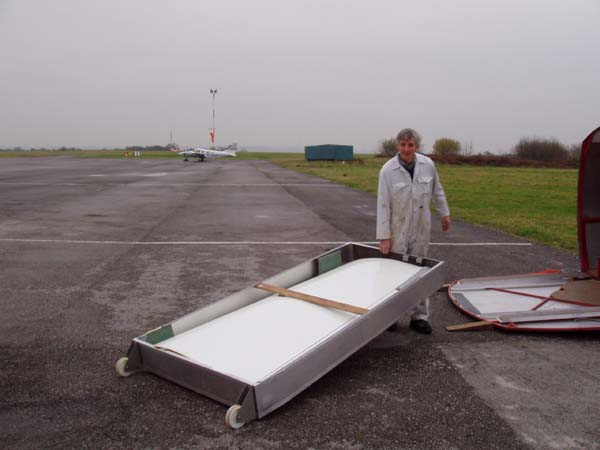 The wing ‘easy handling’ tray.
The wing ‘easy handling’ tray.

Here you can see the wings installed in the bottom of the trailer, and the tailwheel guide rail.
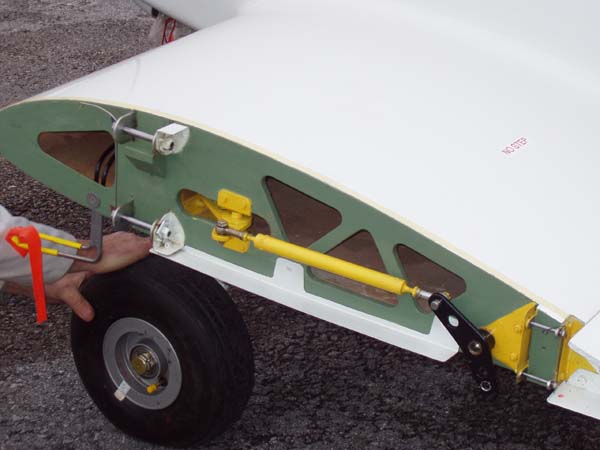
Wing attach bolts tighten into captive nuts and are wire locked. Note the little block just below and between the wing attach fittings. A wooden tongue on the outer wing slots into that space and locates the wing very easily.

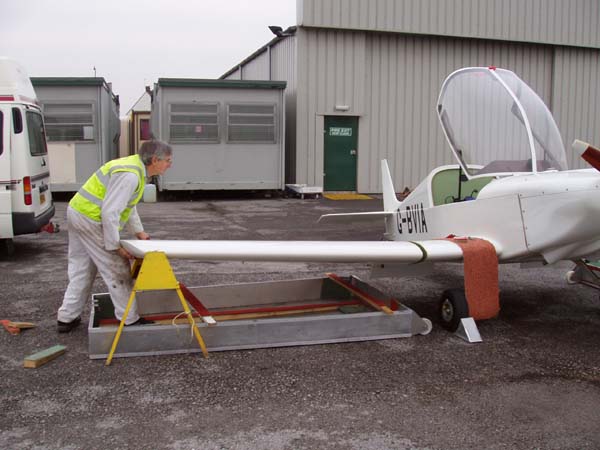
Fitting is a one man job.
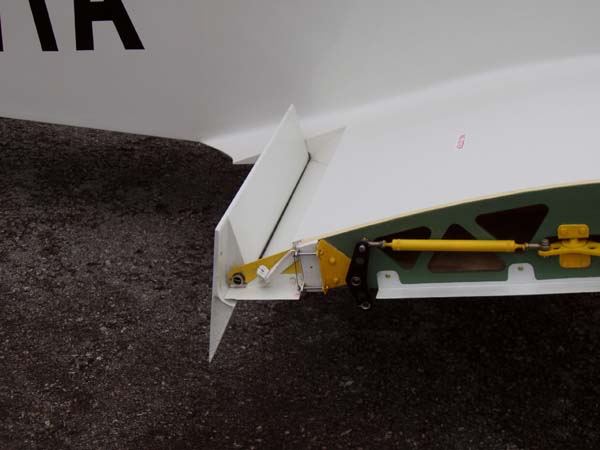
The Flap/airbrakes
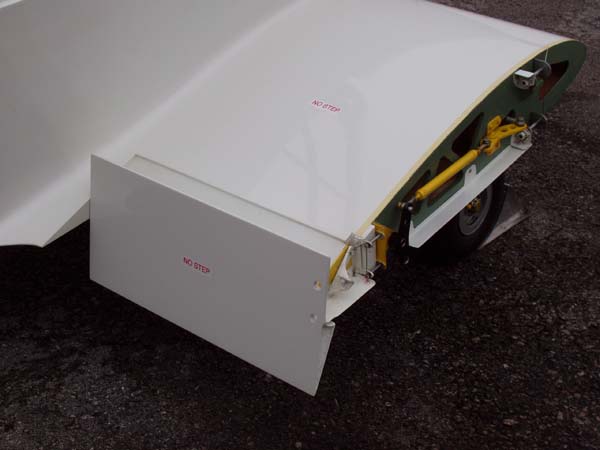
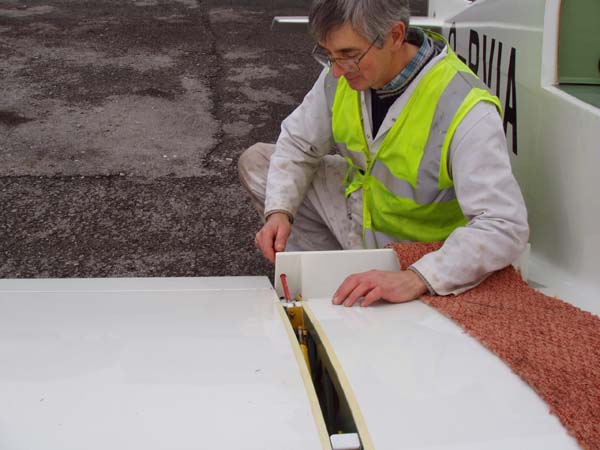
Note the holes in the airbrake to allow to tighten the rear spar fasteners!
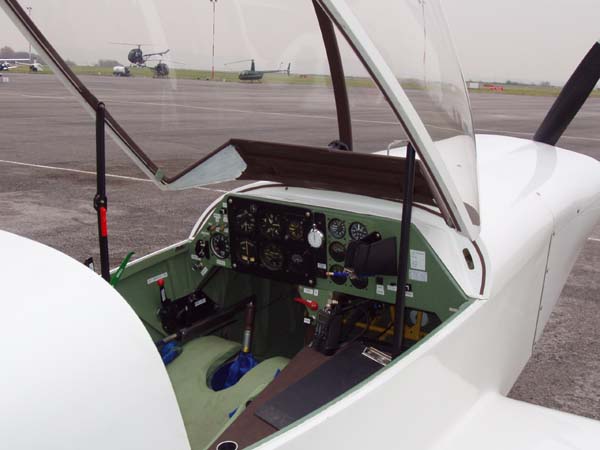
The one man cockpit. On the right hand side is a locker with a flat top for maps etc.
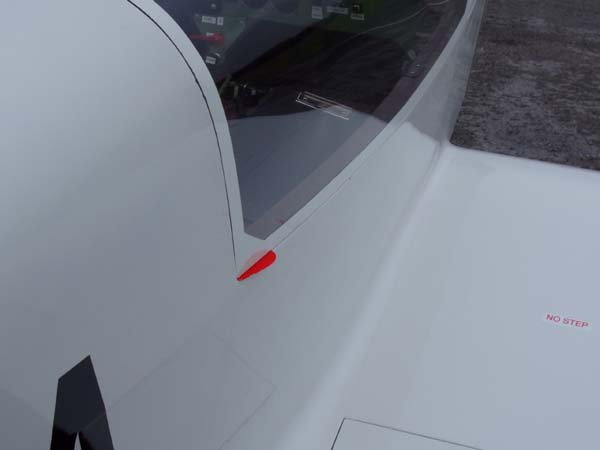
One of the metal canopy handles that caused all the trouble.
You might want to check out the Flight Report submitted to Popular Flying Association by Willie Wilson which describes handling qualities.
Willie's own excellent KR2 G-DGWW is shown in some detail at http://www.krnet.org/krs/wwilson/
I (Mark Langford) took the following photos on a visit to Liverpool England in June of 2011. It was a business trip, but I realized that Willie was only an hour's drive away, so I hastily arranged to visit Willie, as well as get a better look at Ken's plane...something I regreted missing on my extended visit there in 2009. The following are some more photos of Ken's plane, taken at Manchester airport.
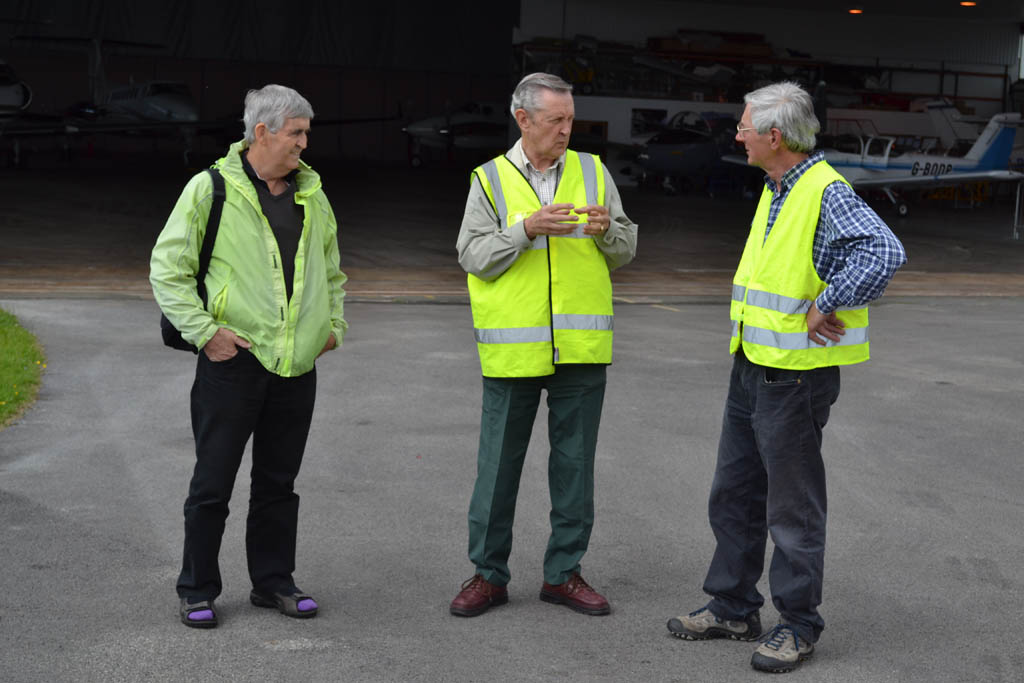
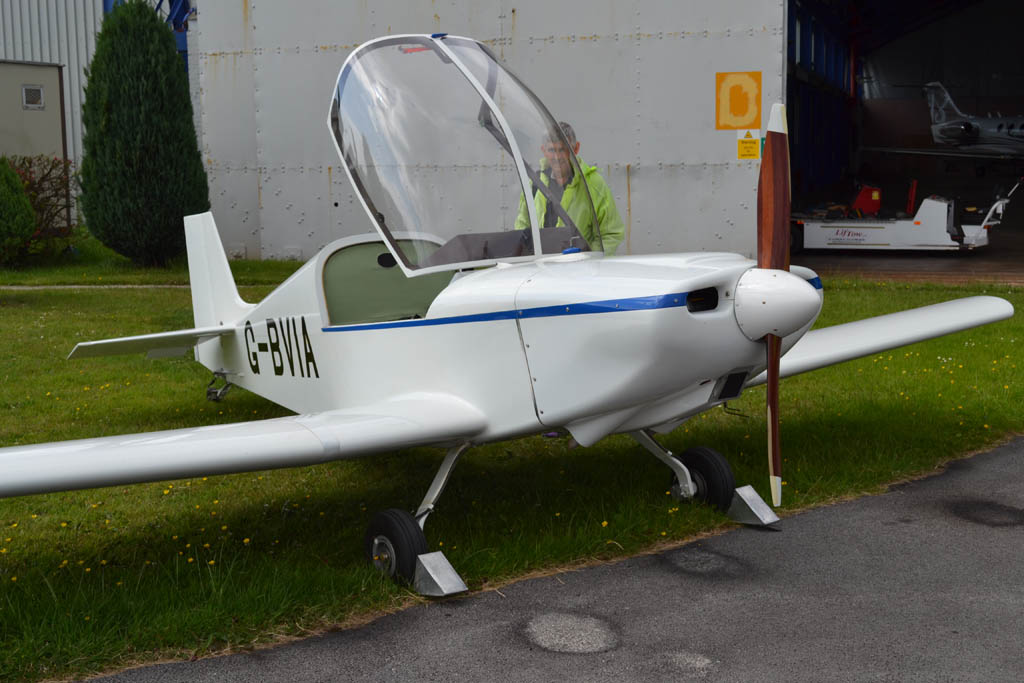
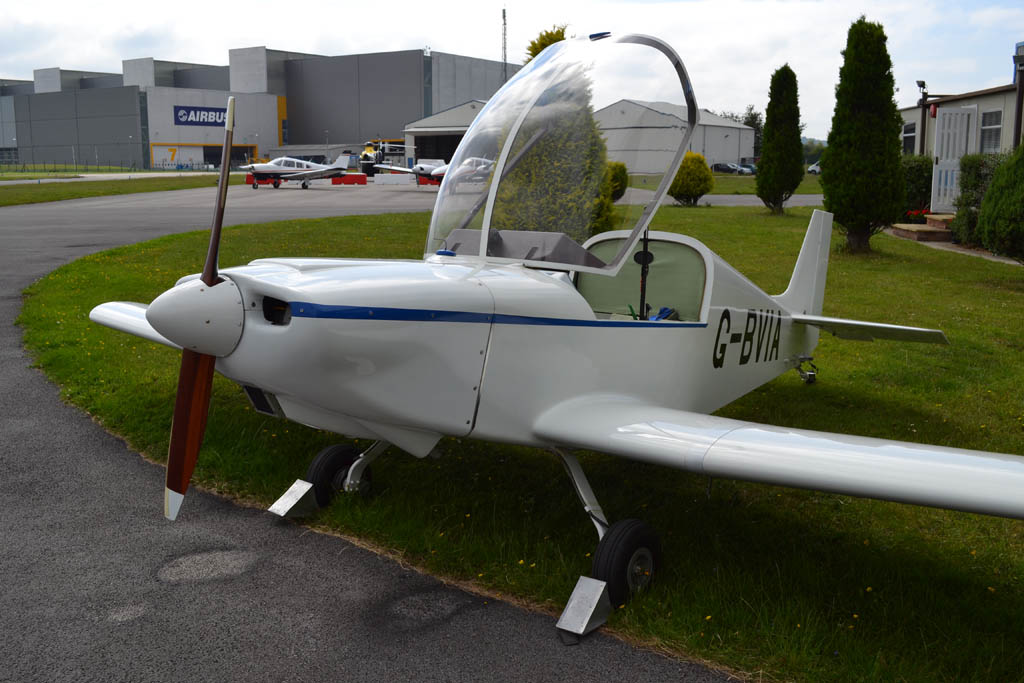
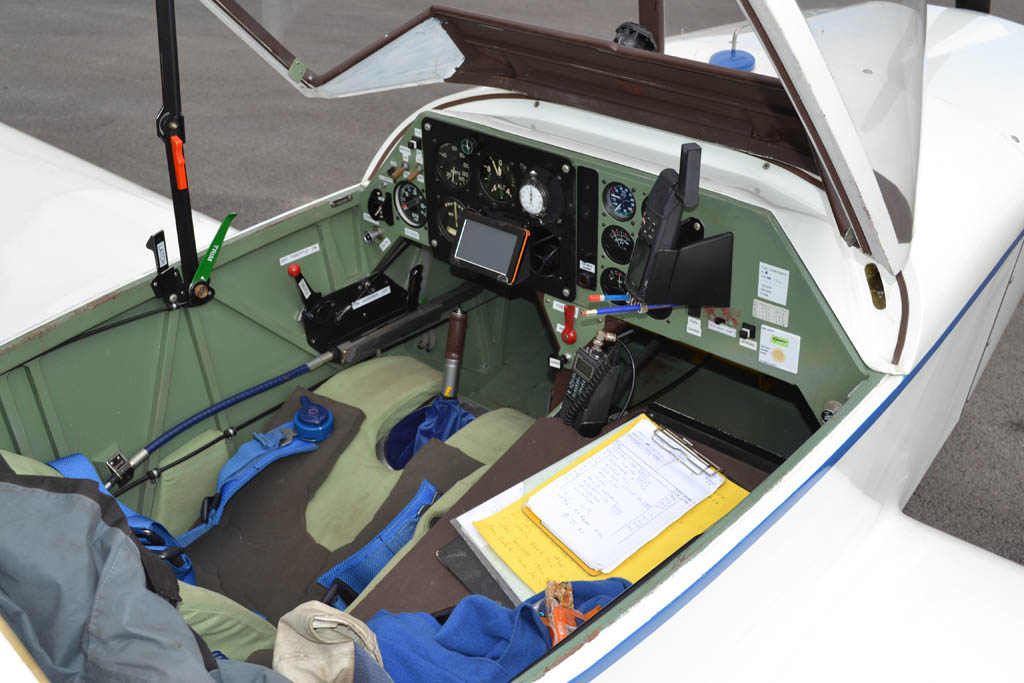
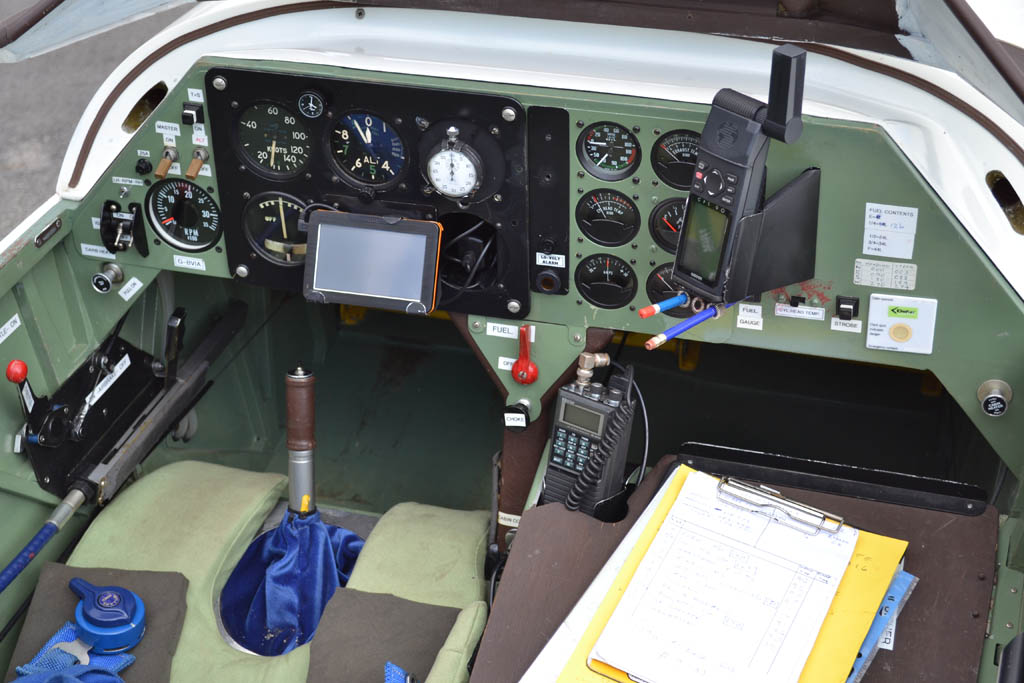
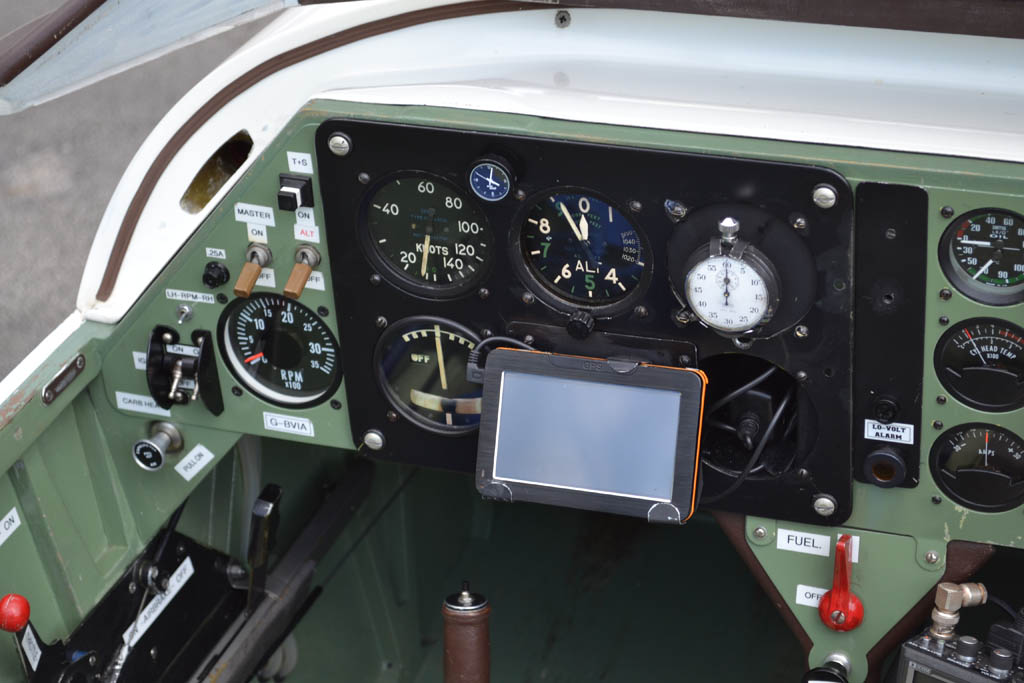
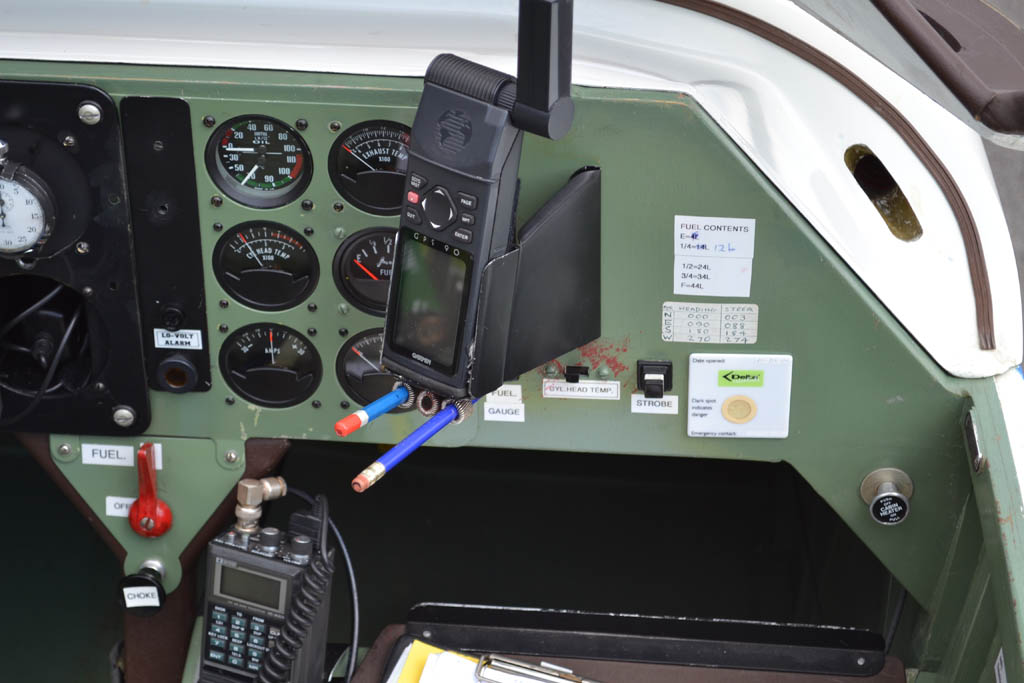
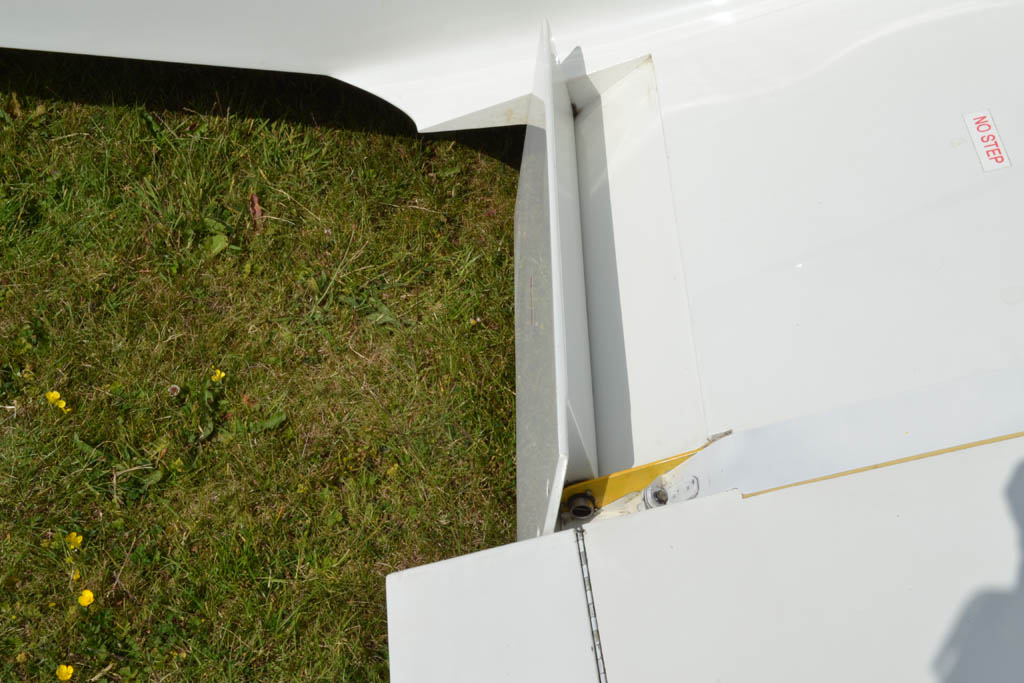
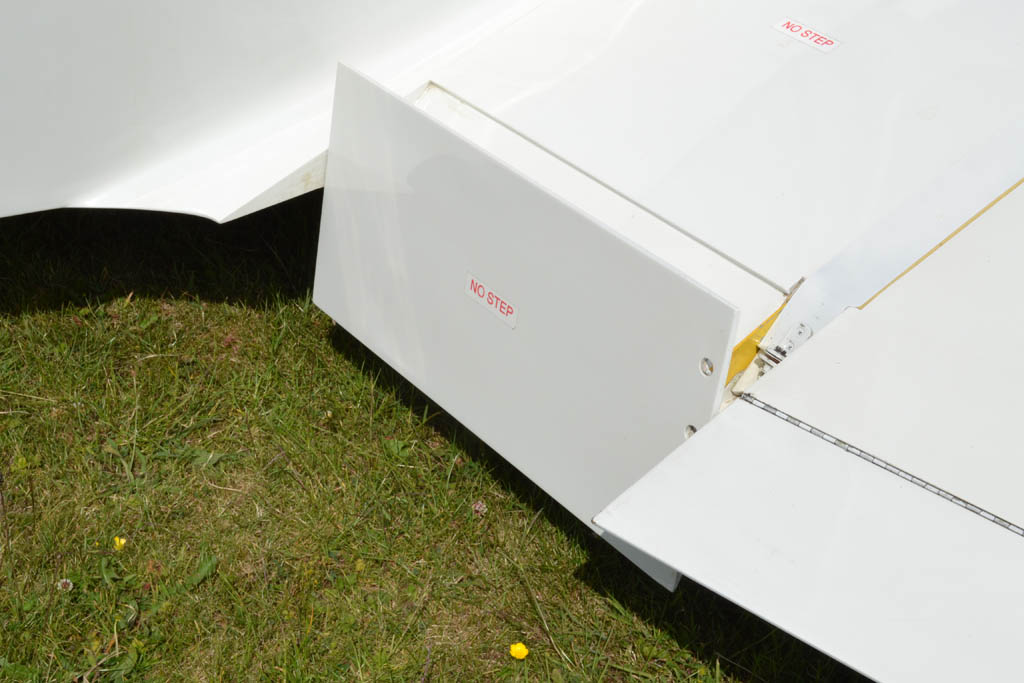
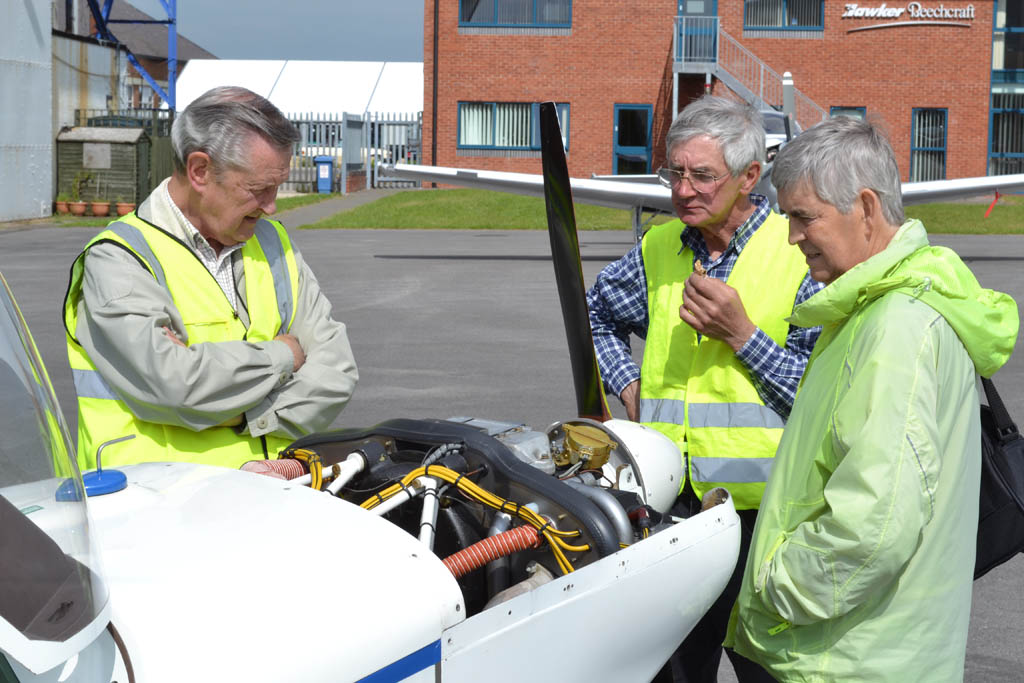
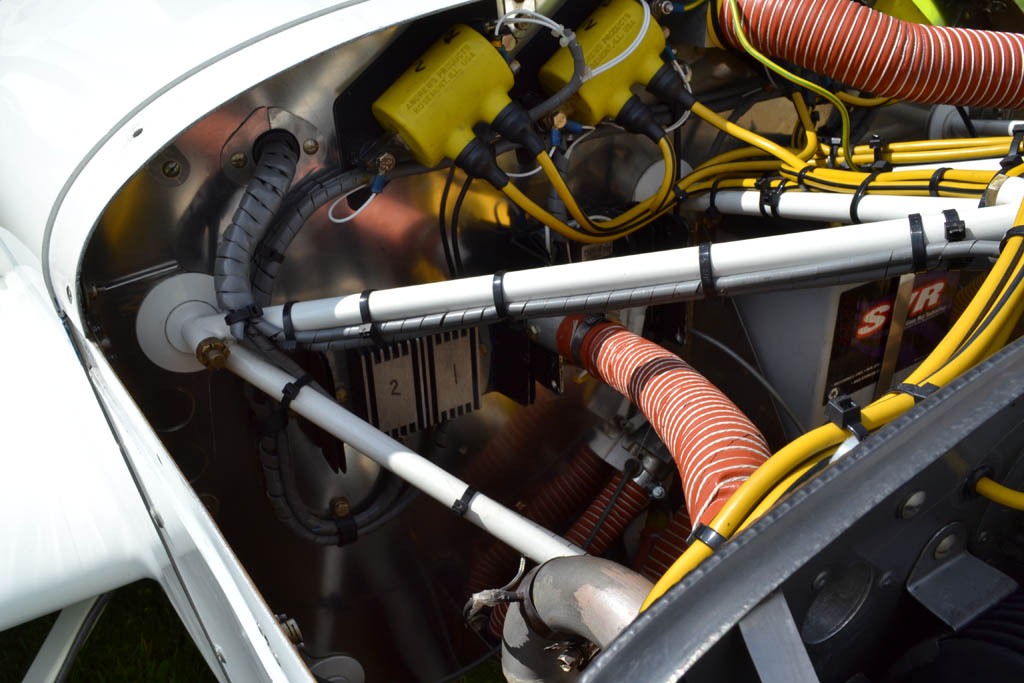
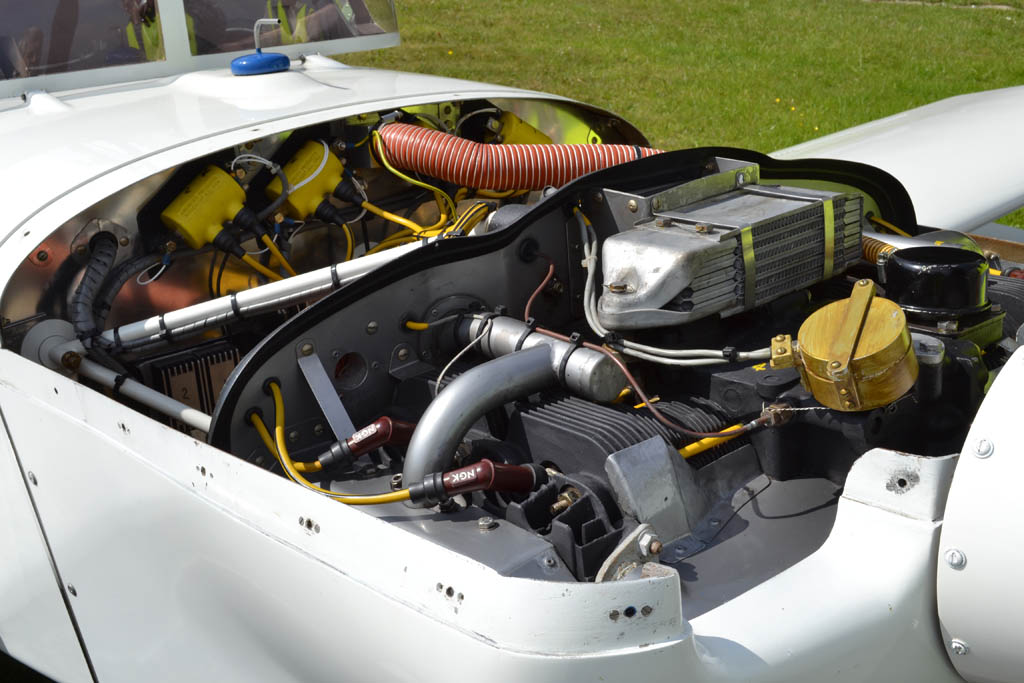
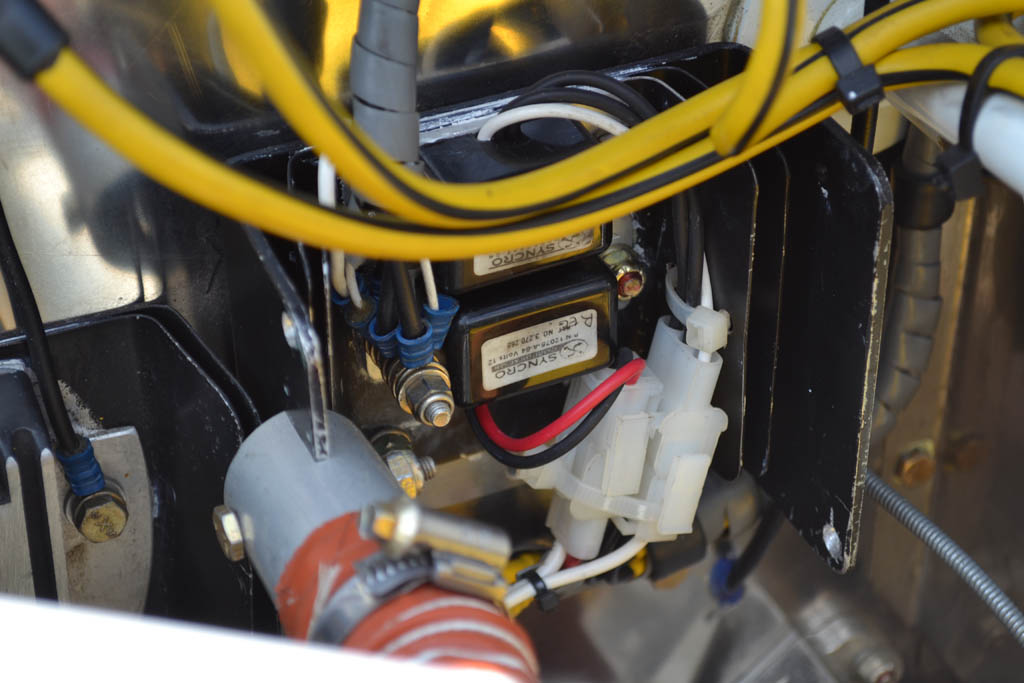
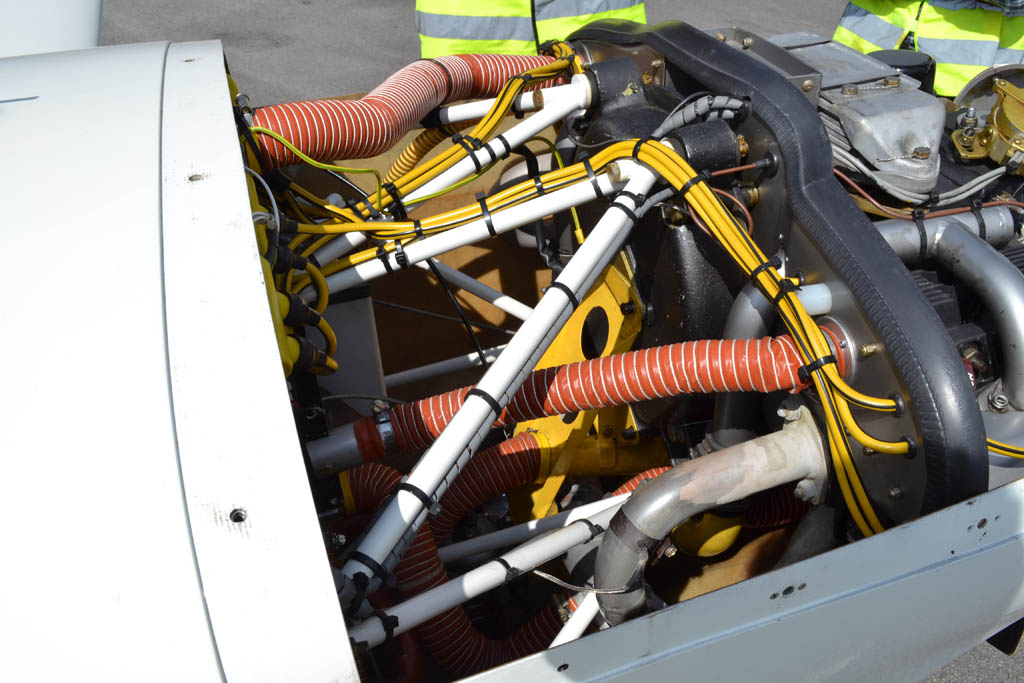
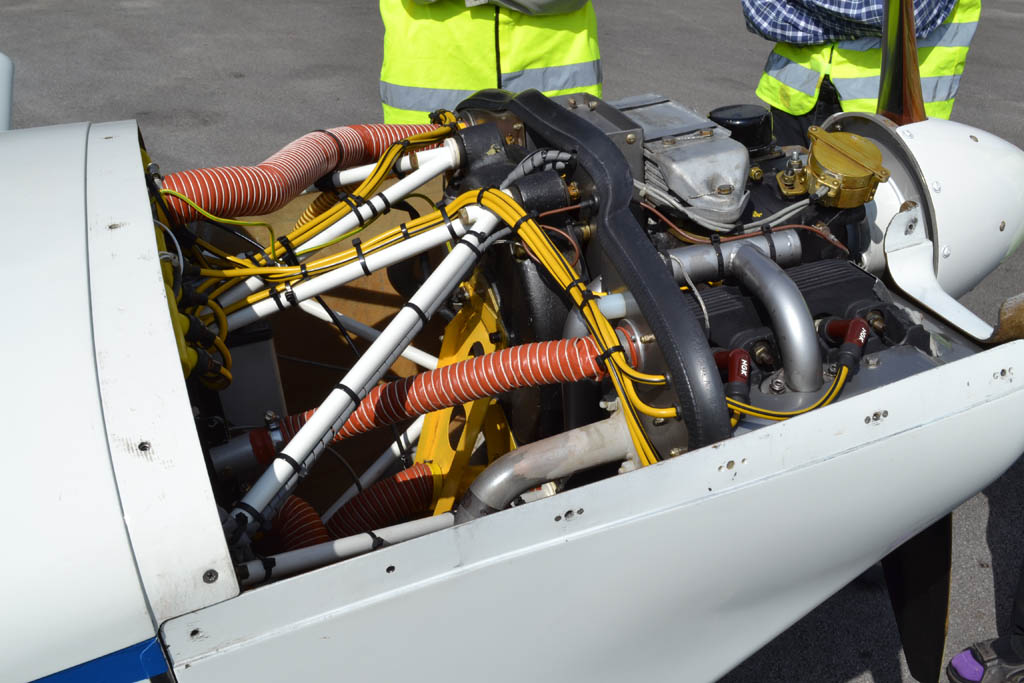
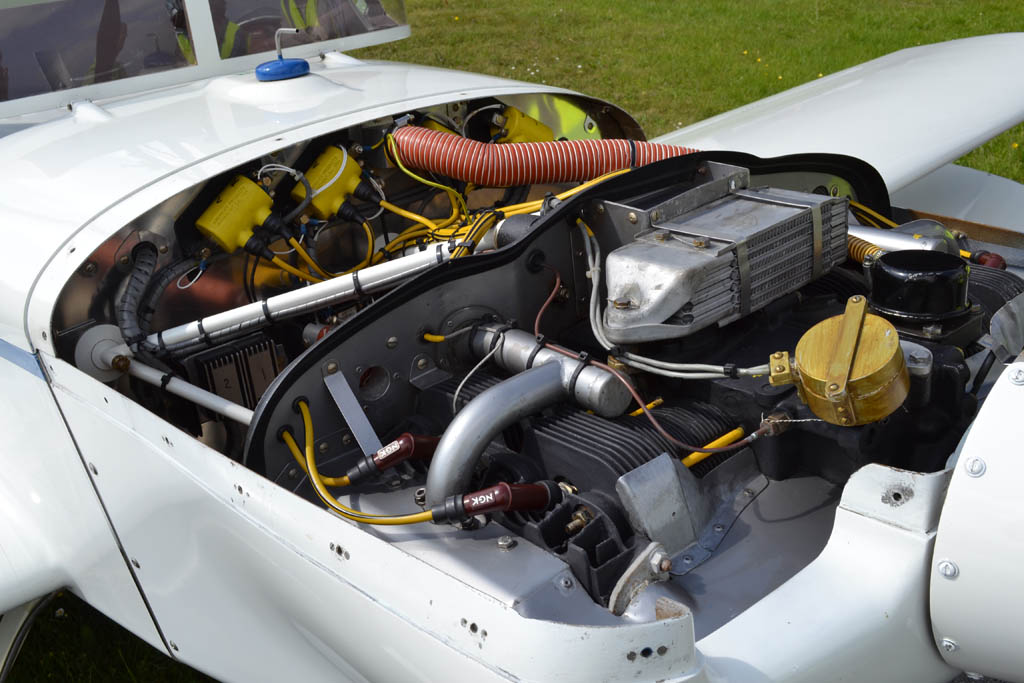
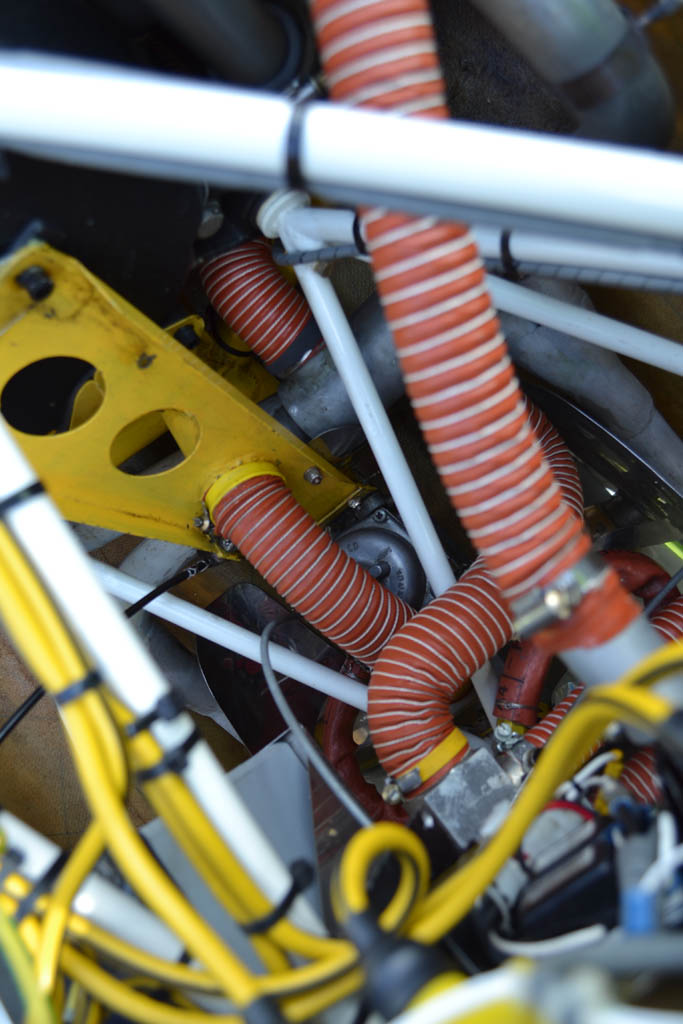
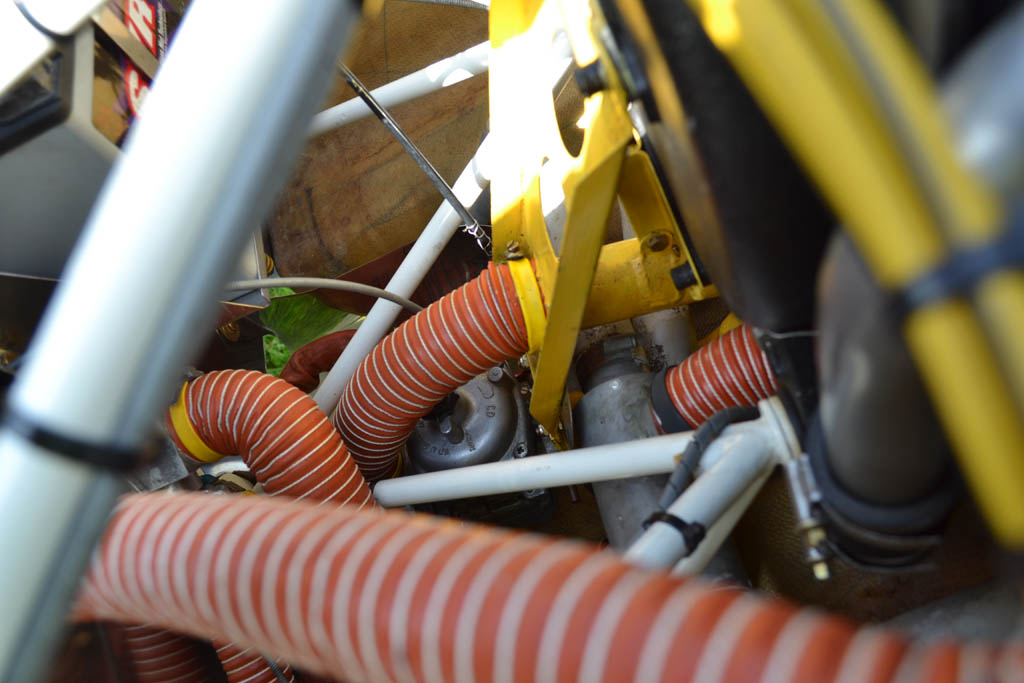
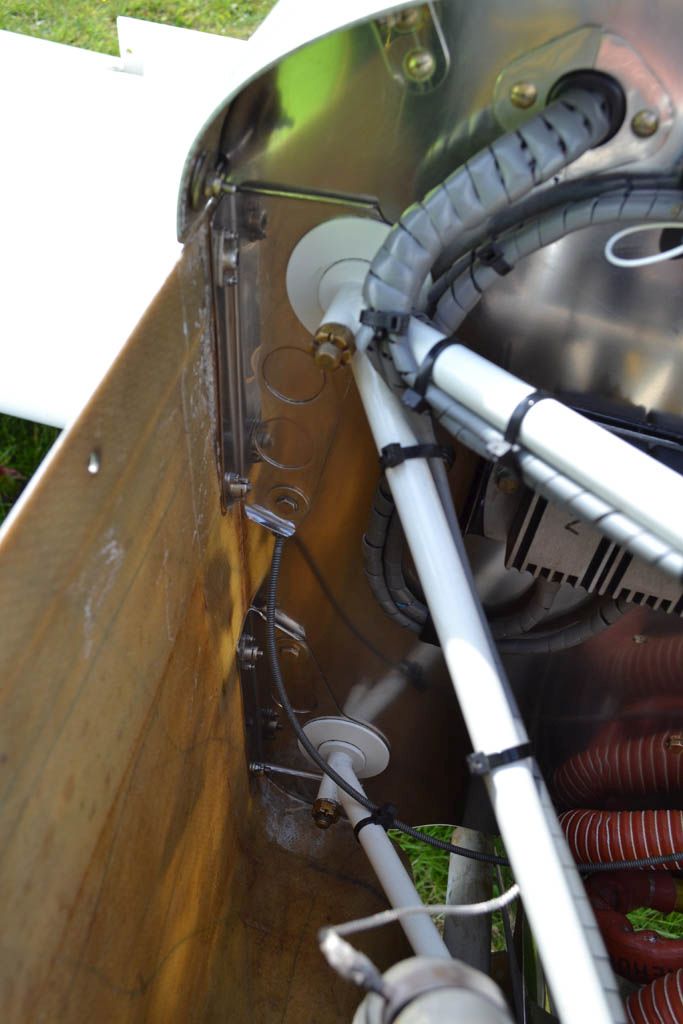
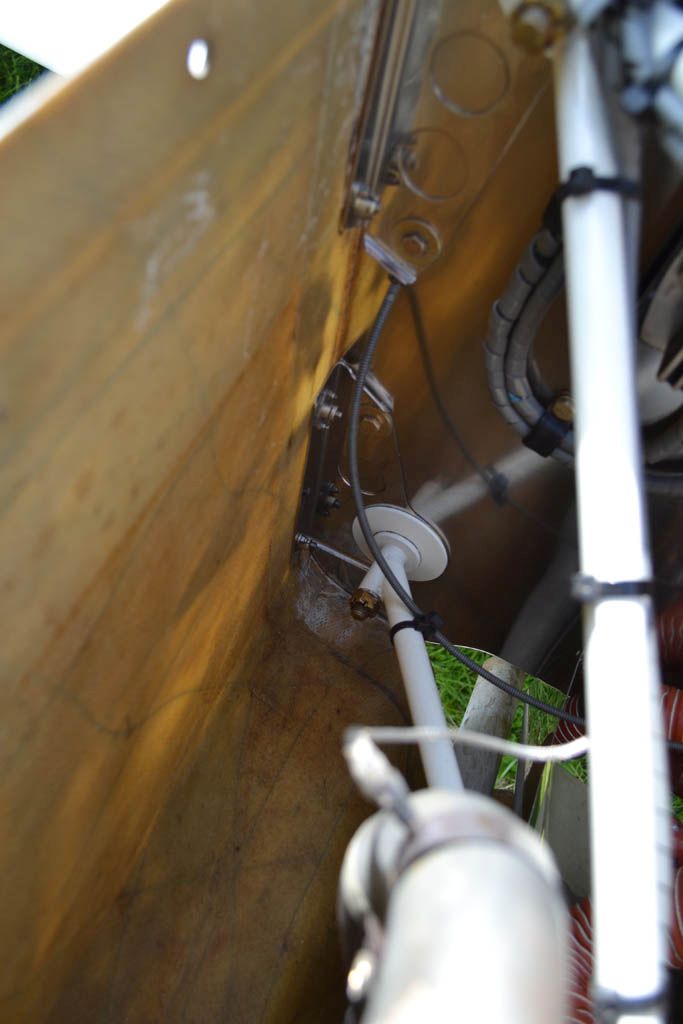
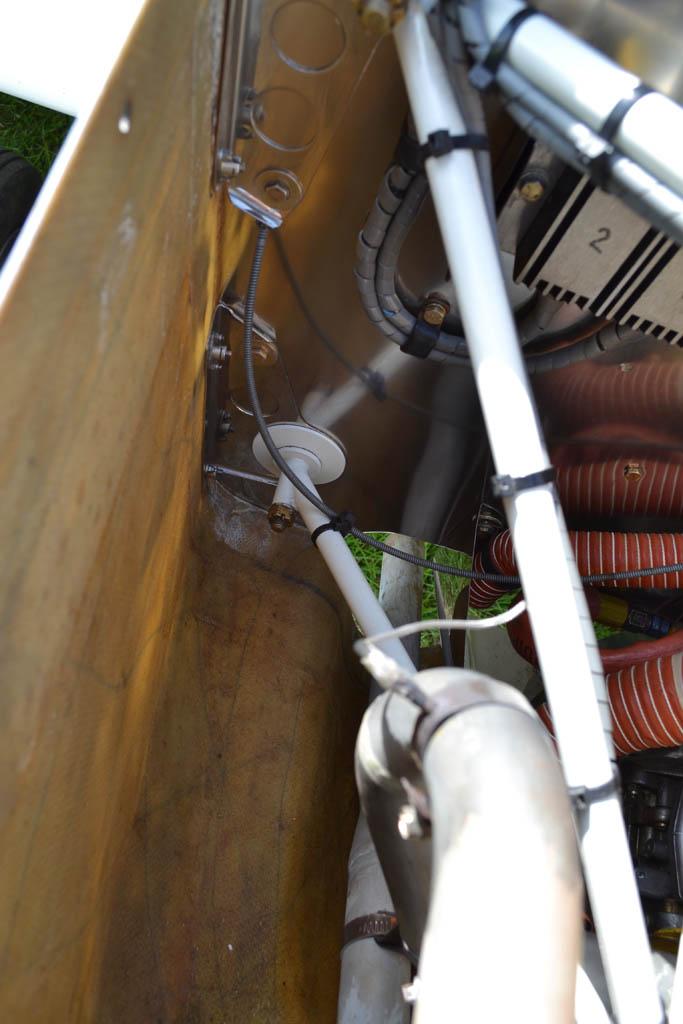
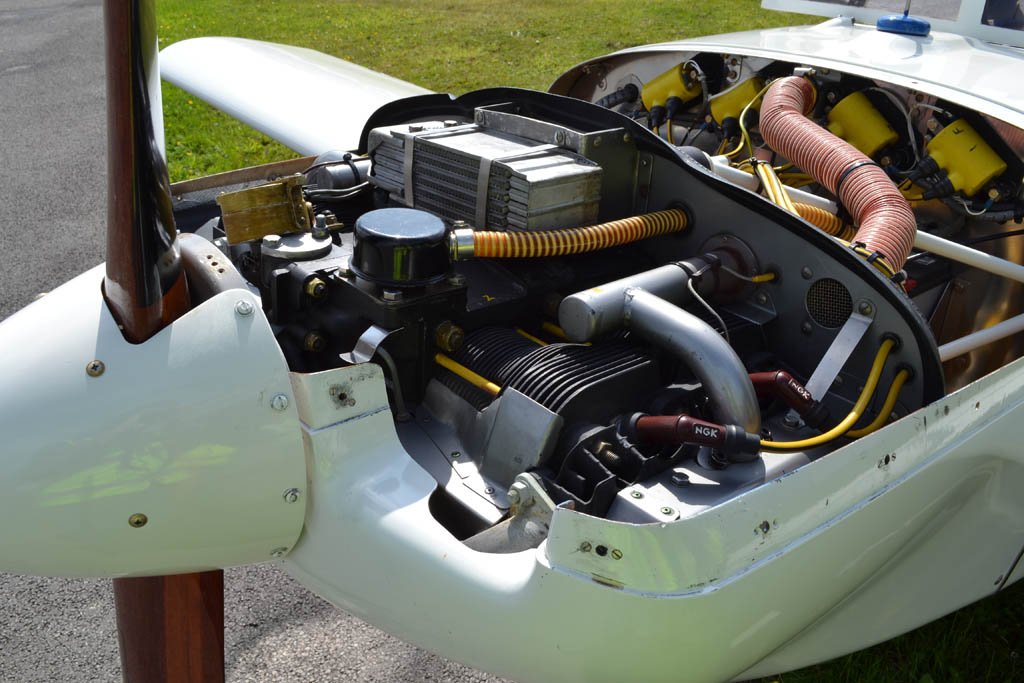
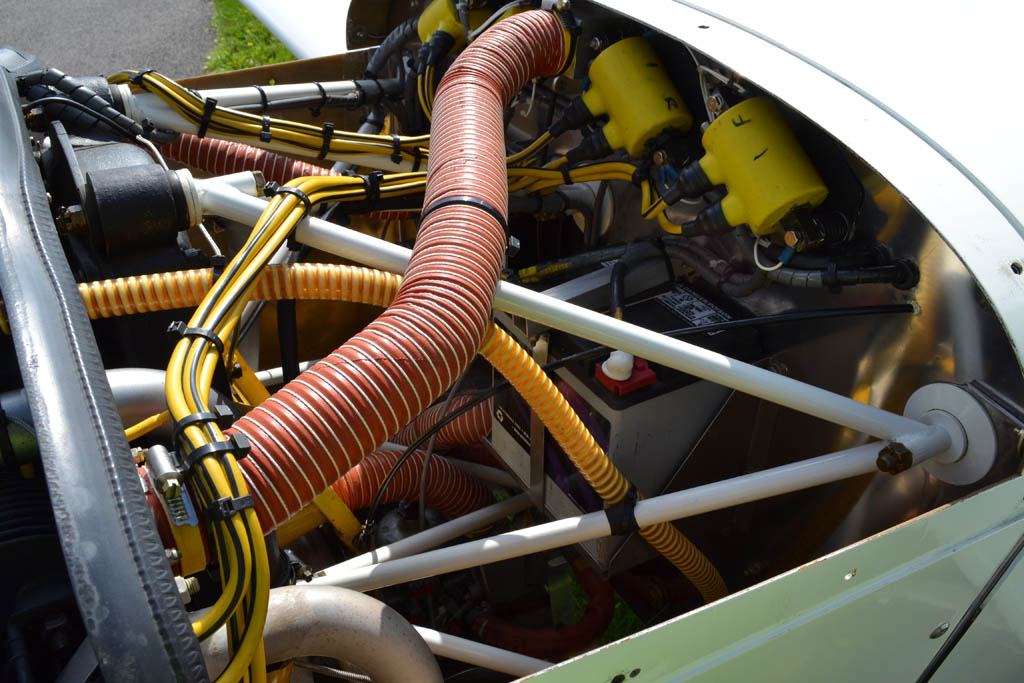
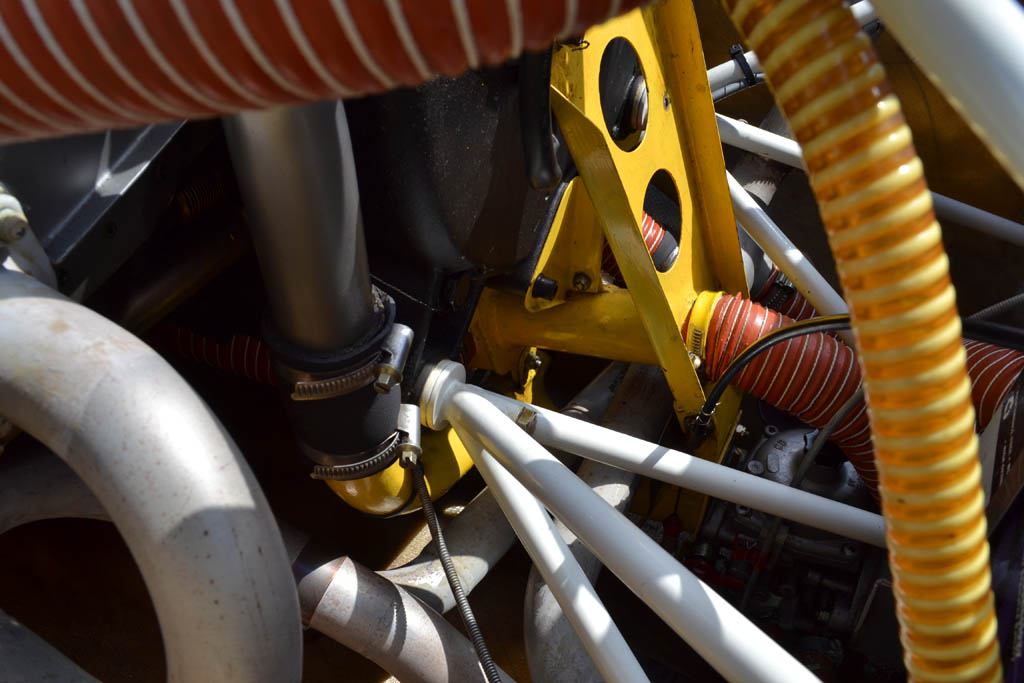
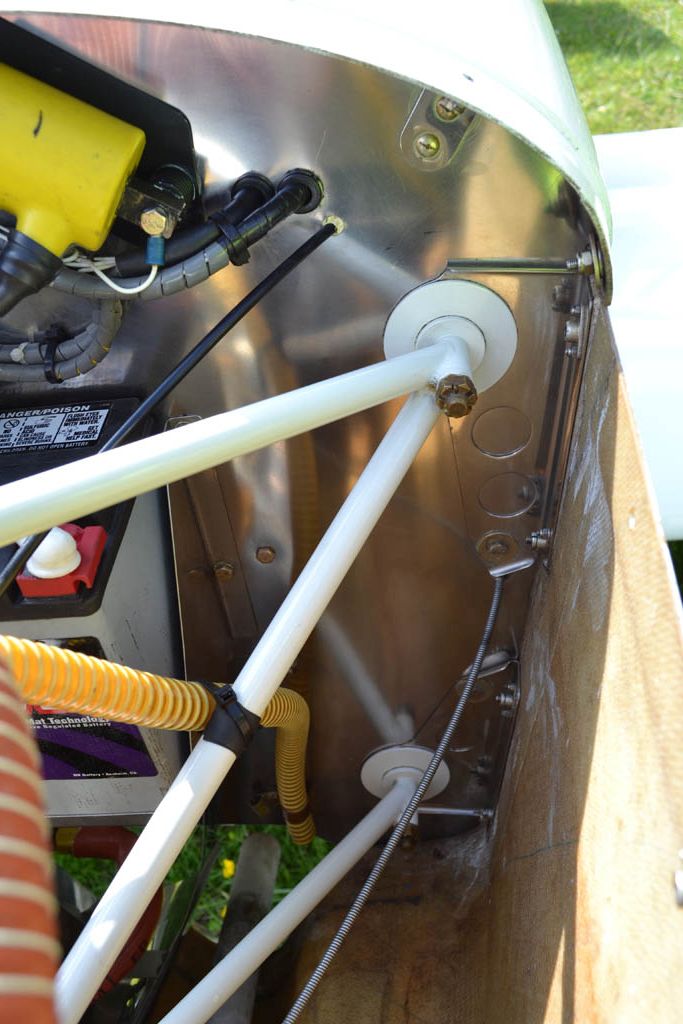

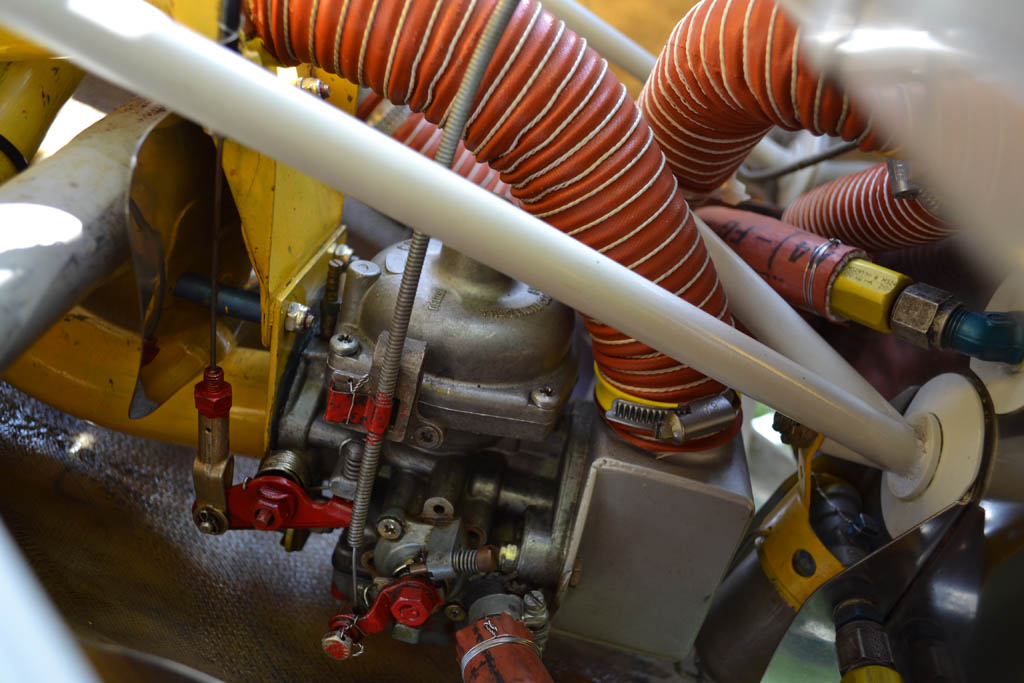
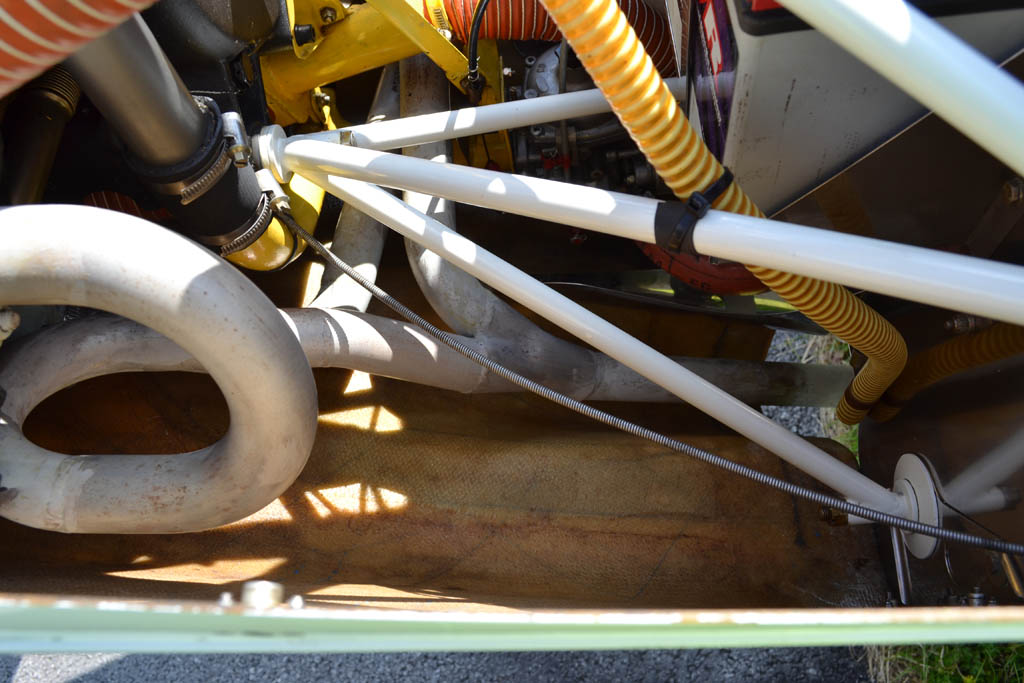
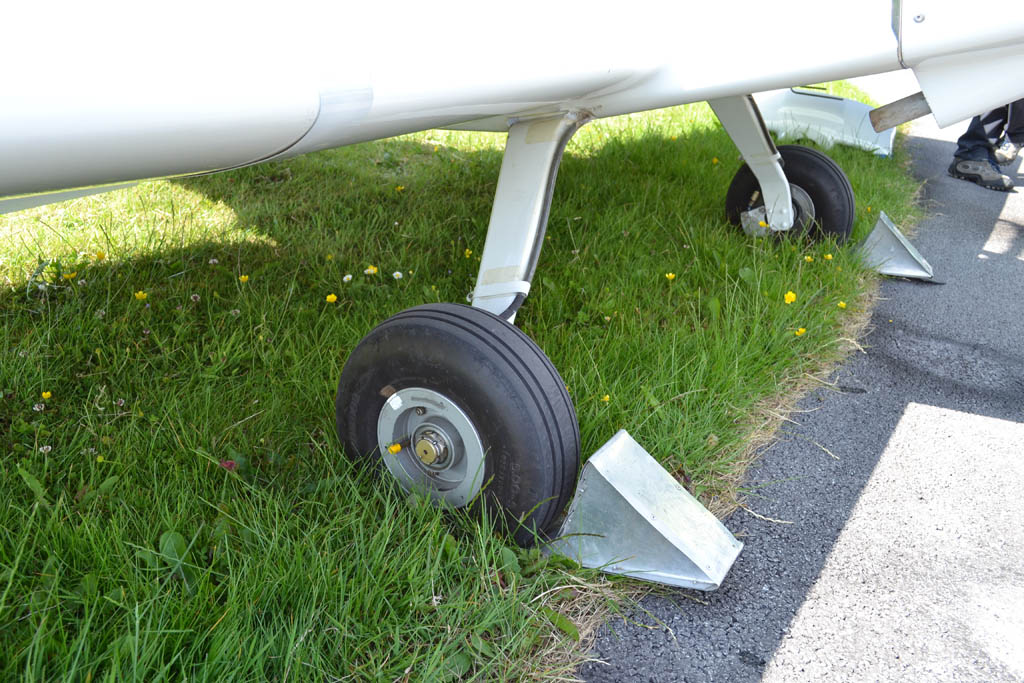
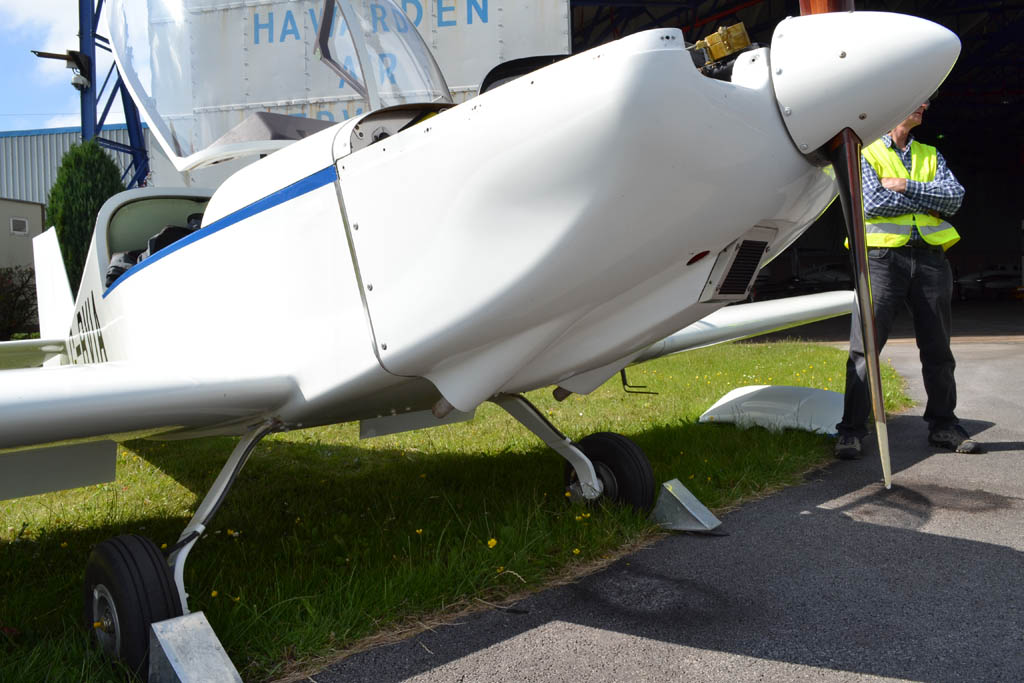
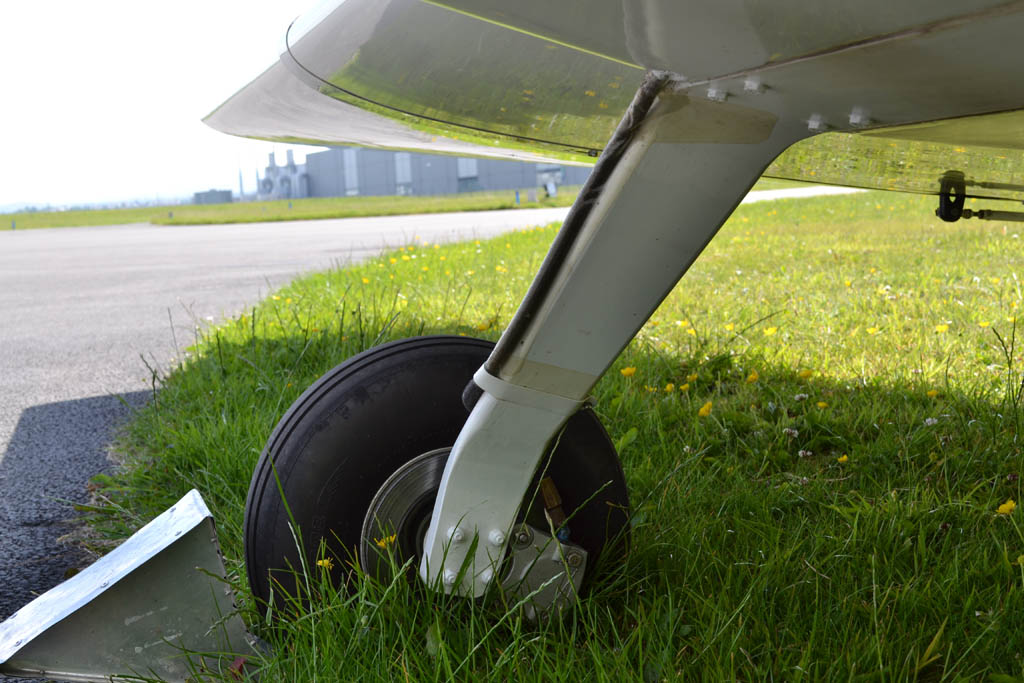
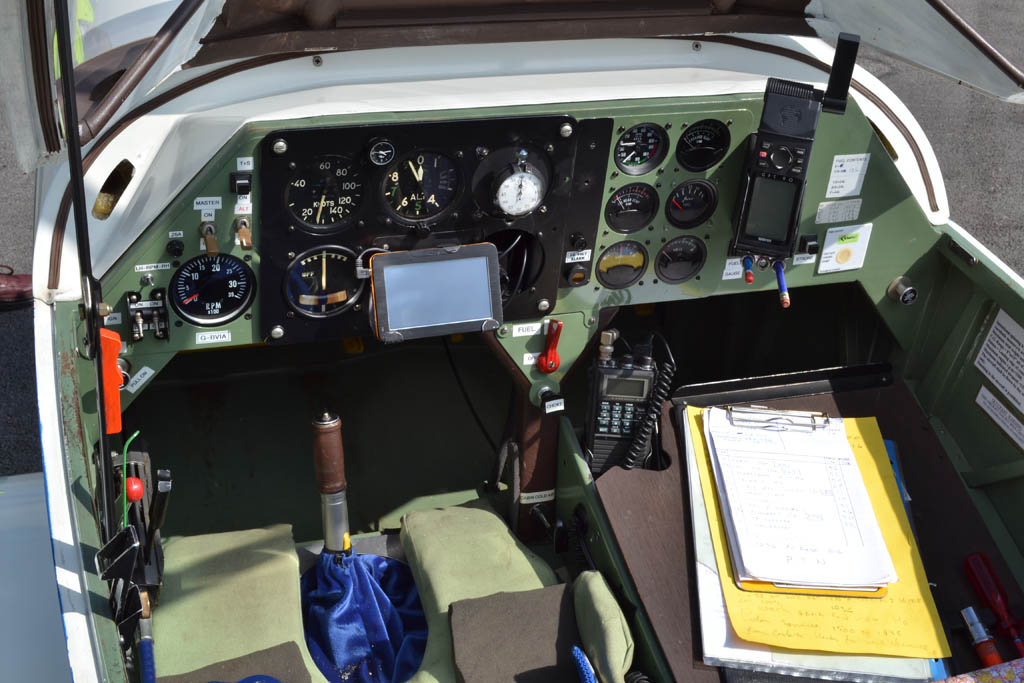
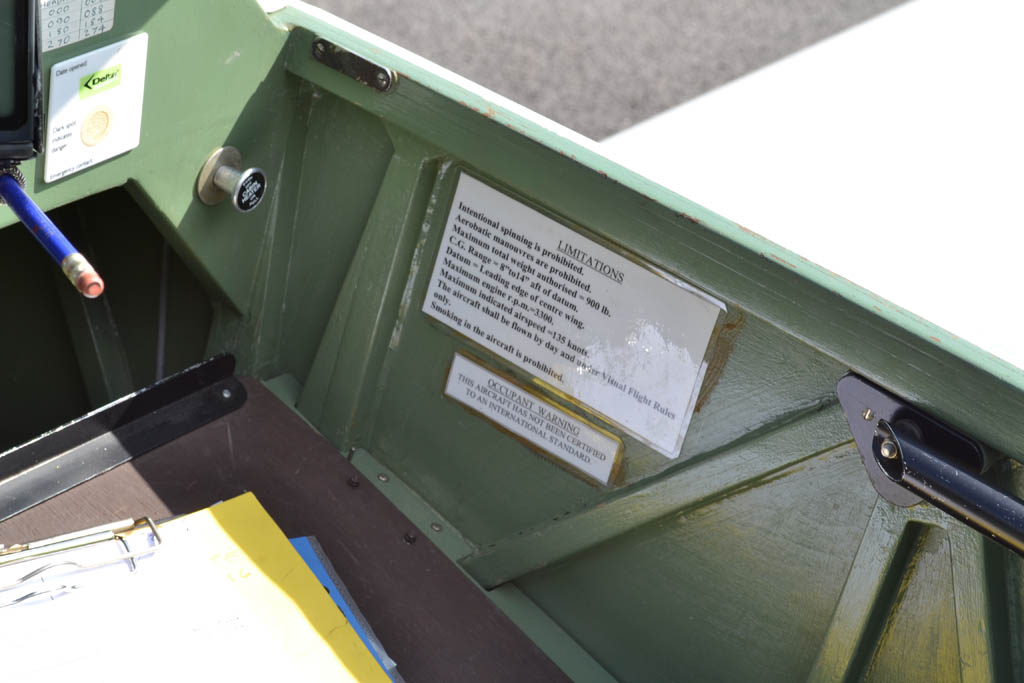
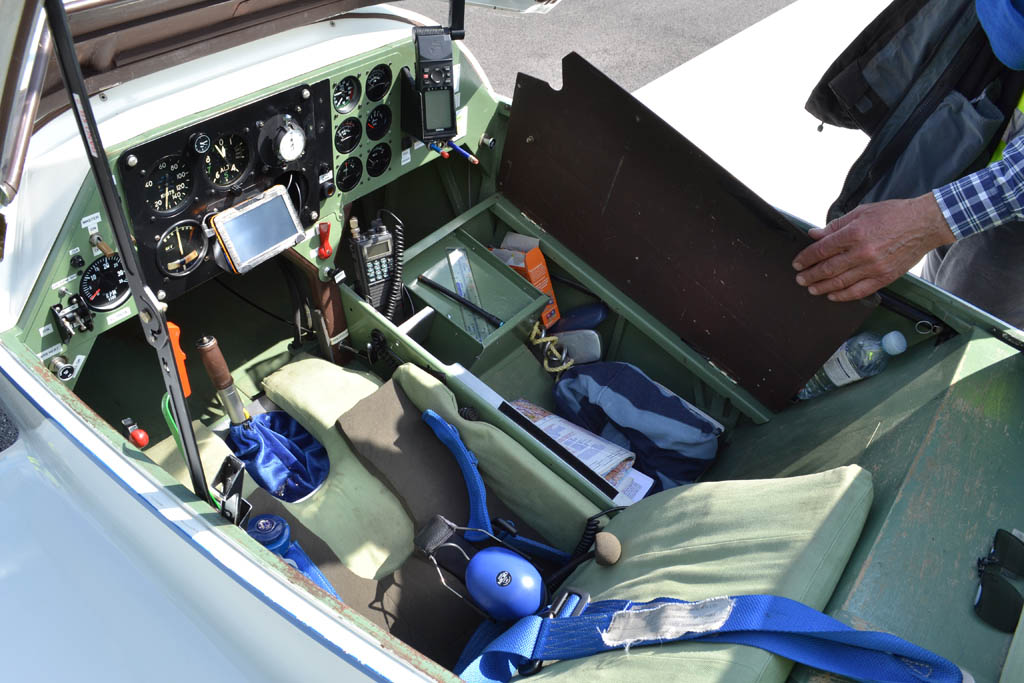
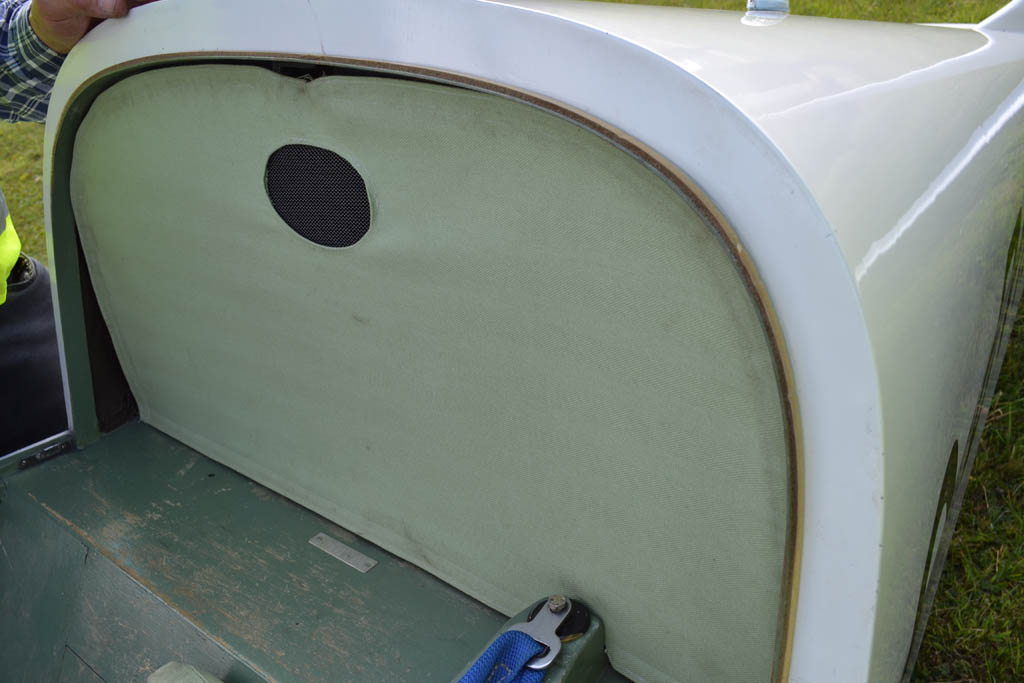
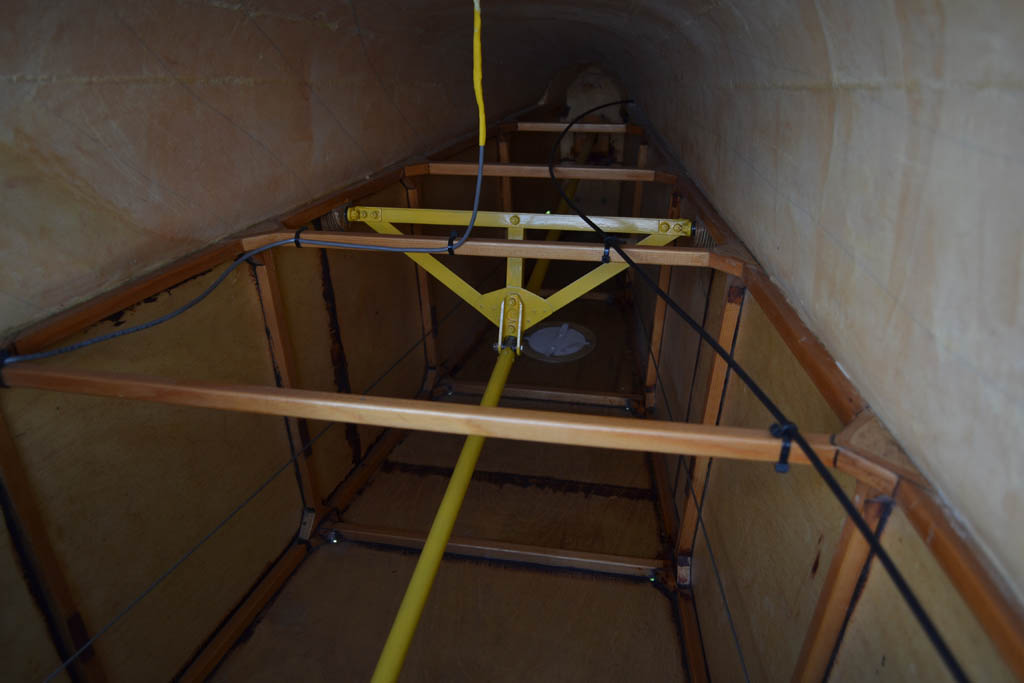
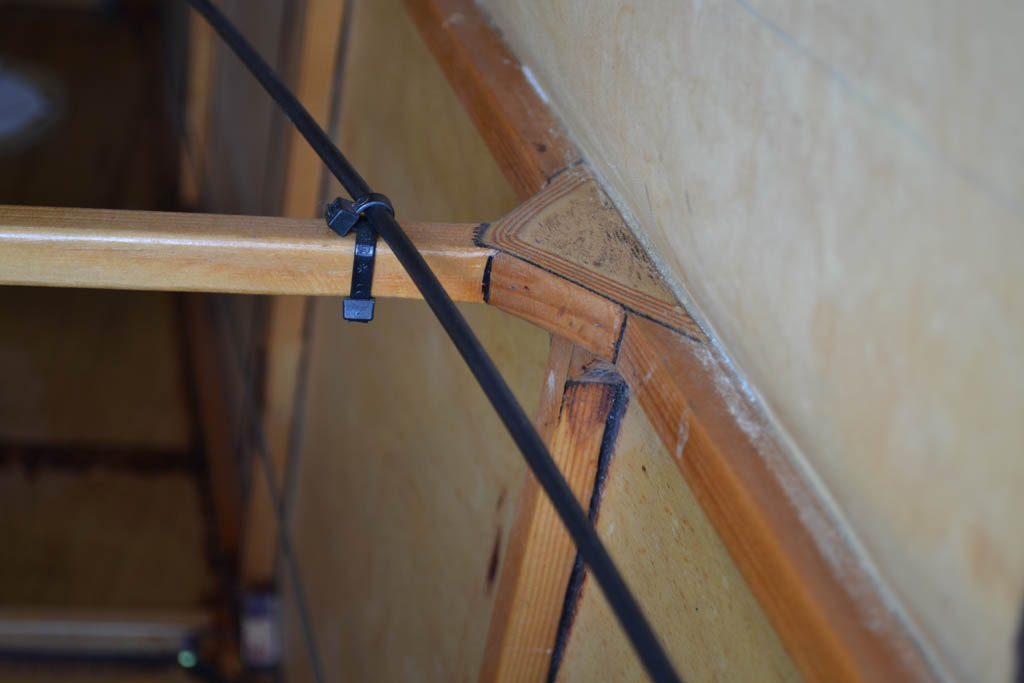
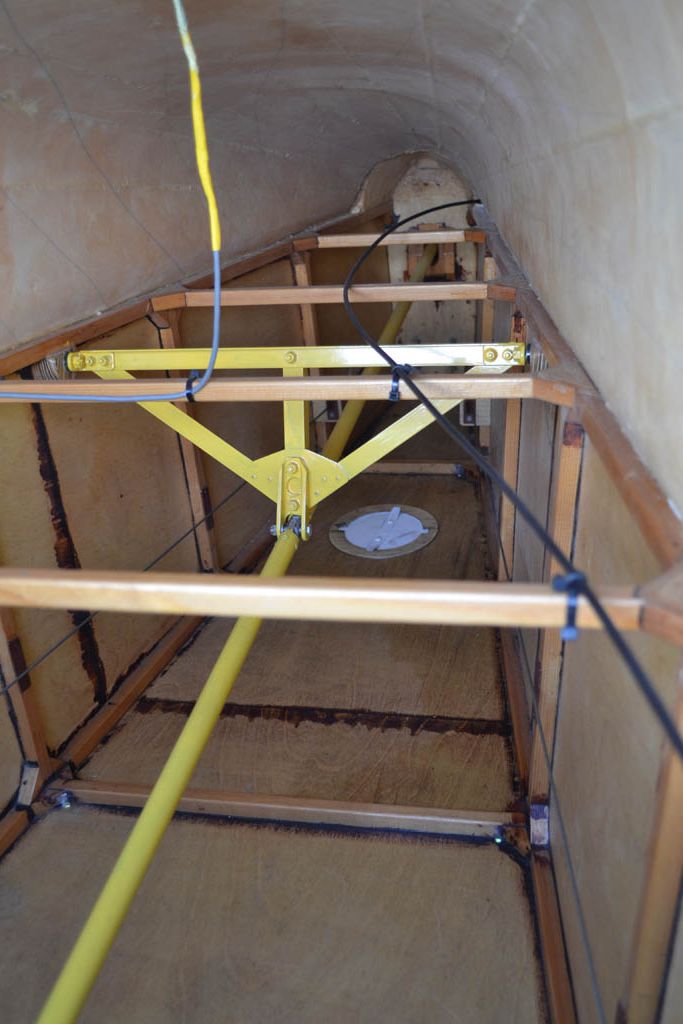
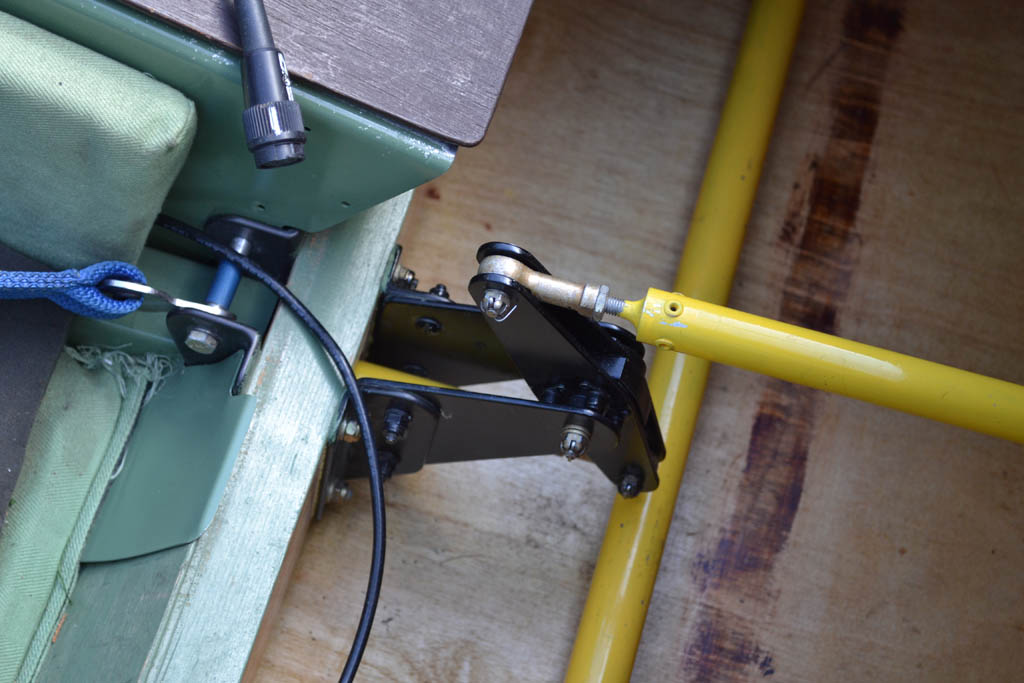
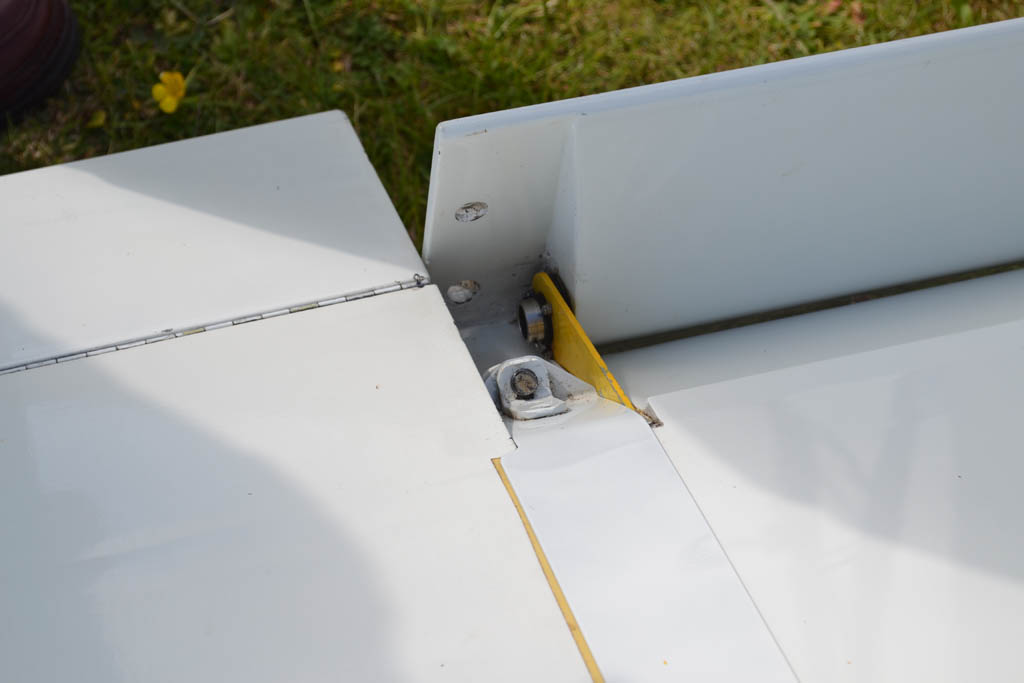
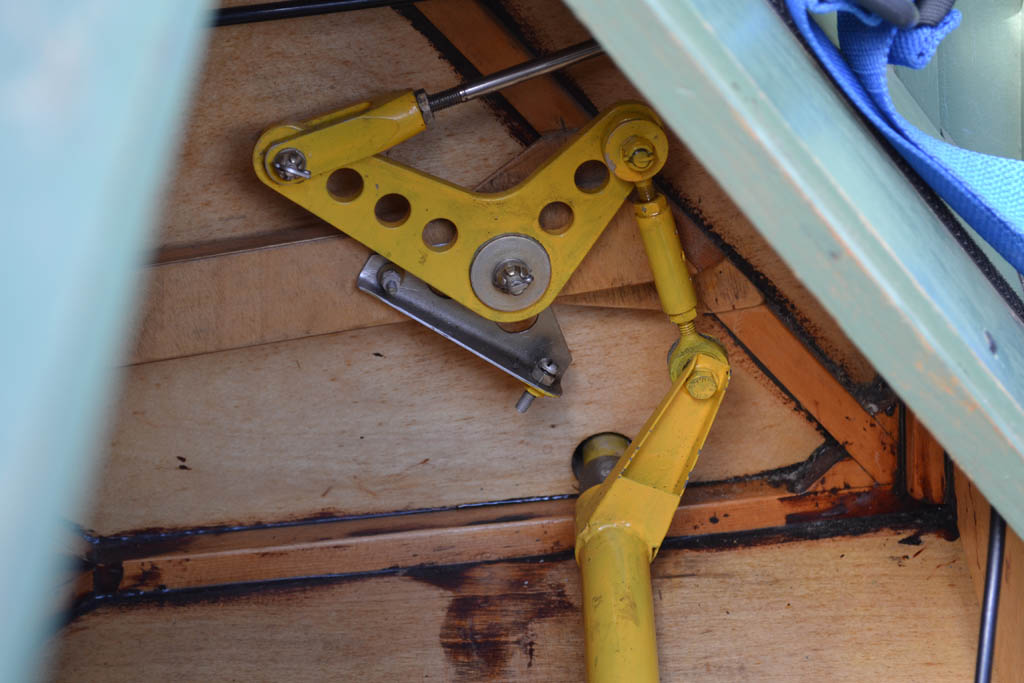

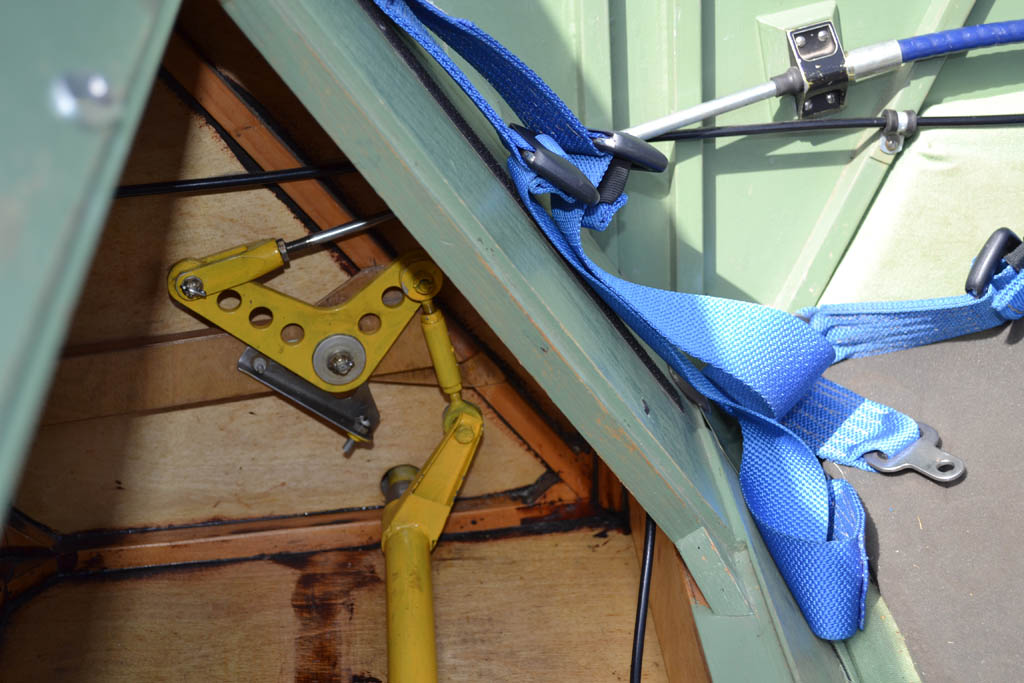
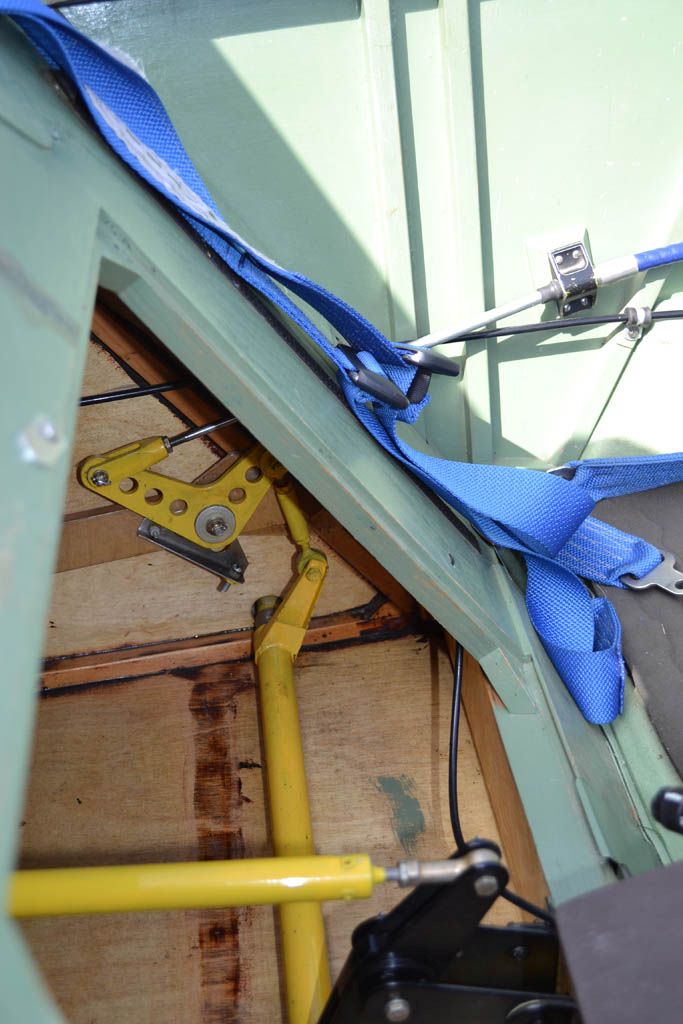
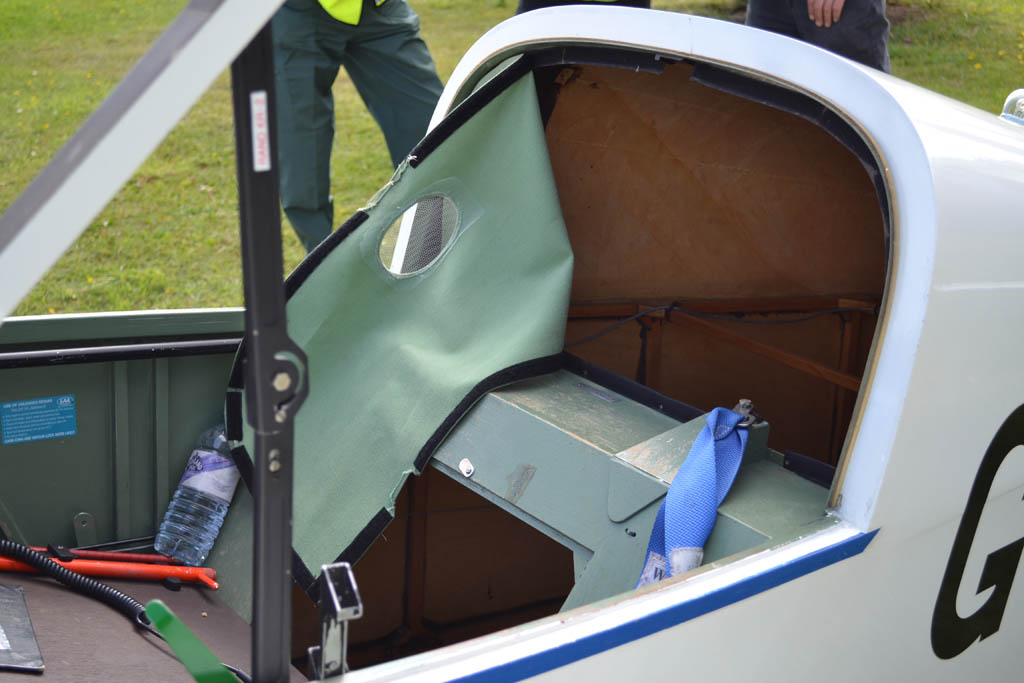
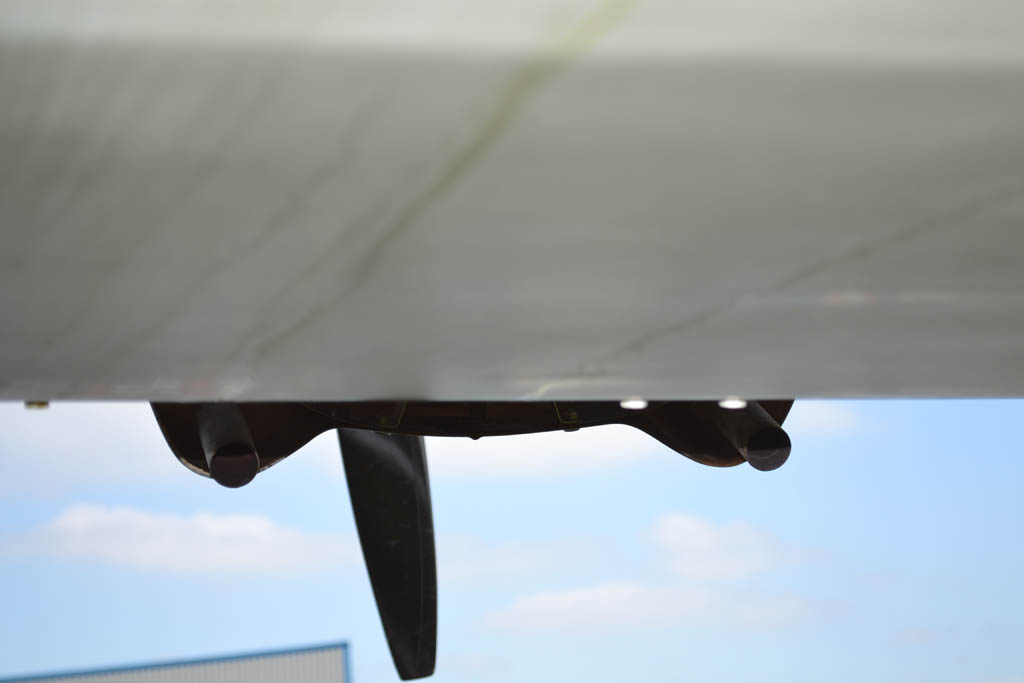
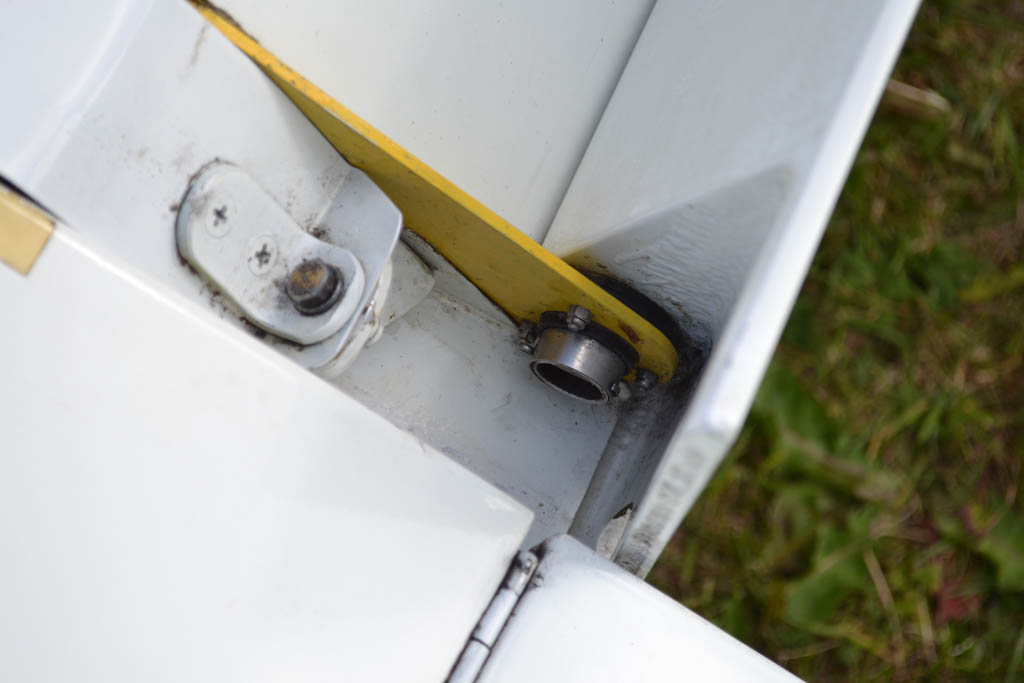
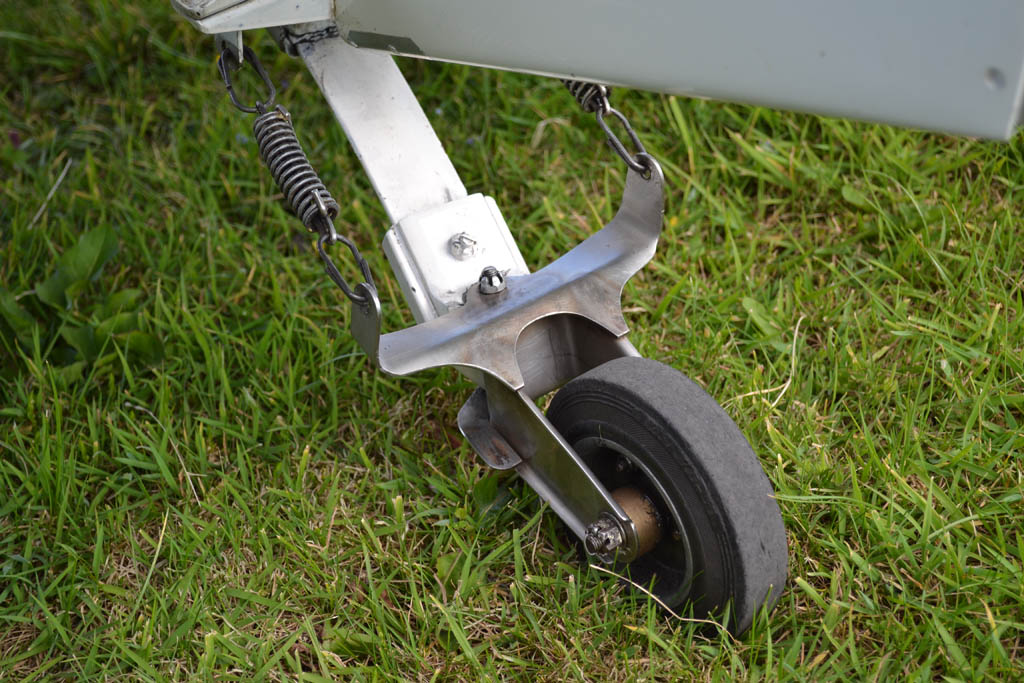
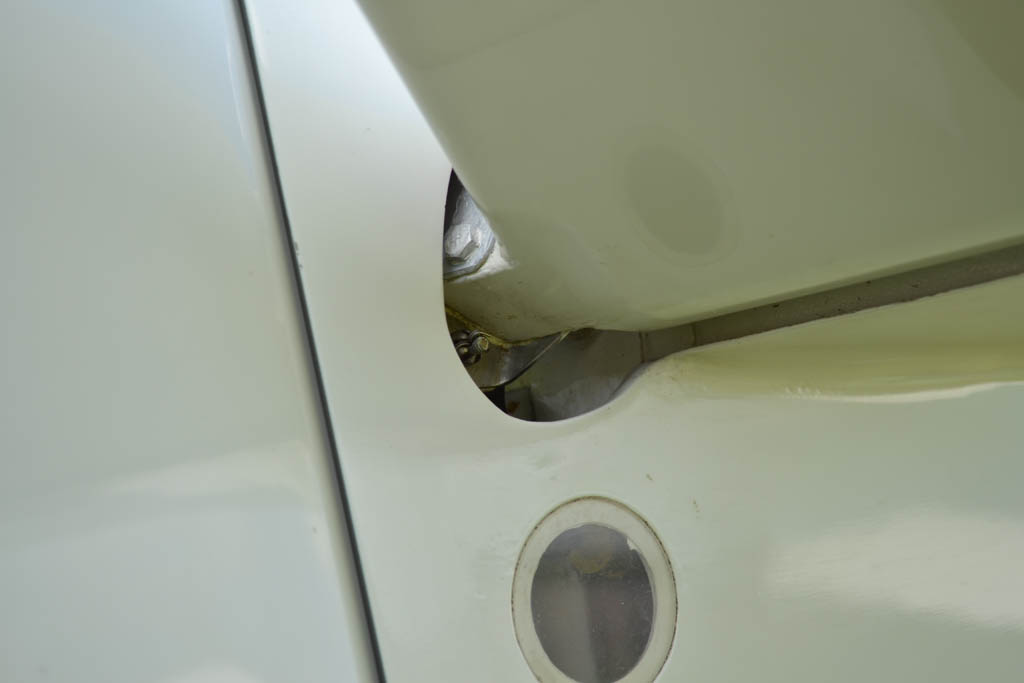
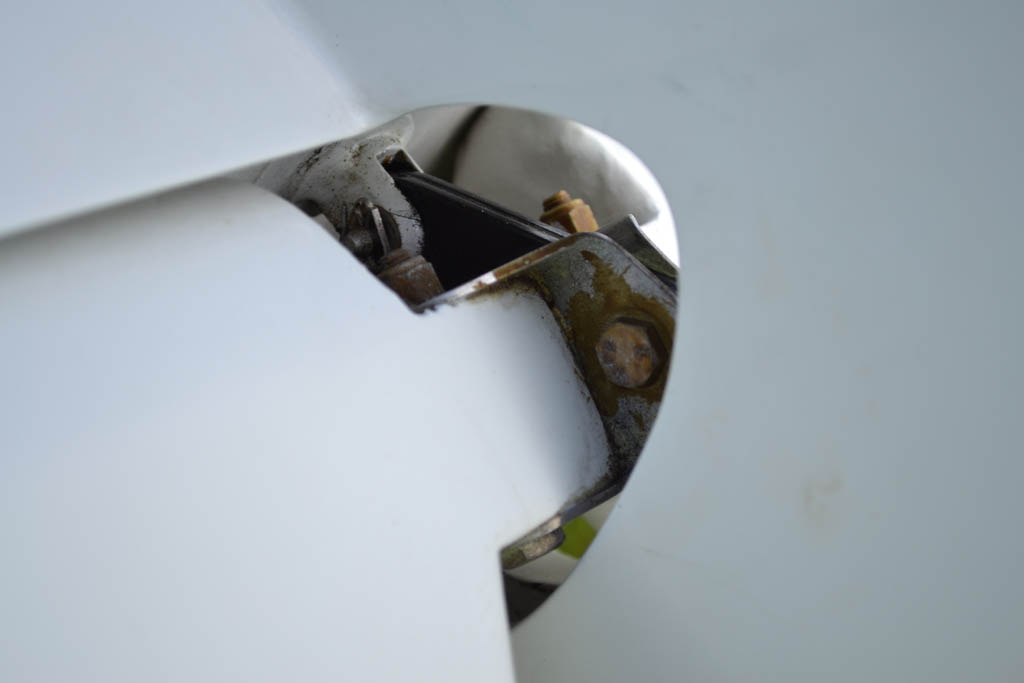
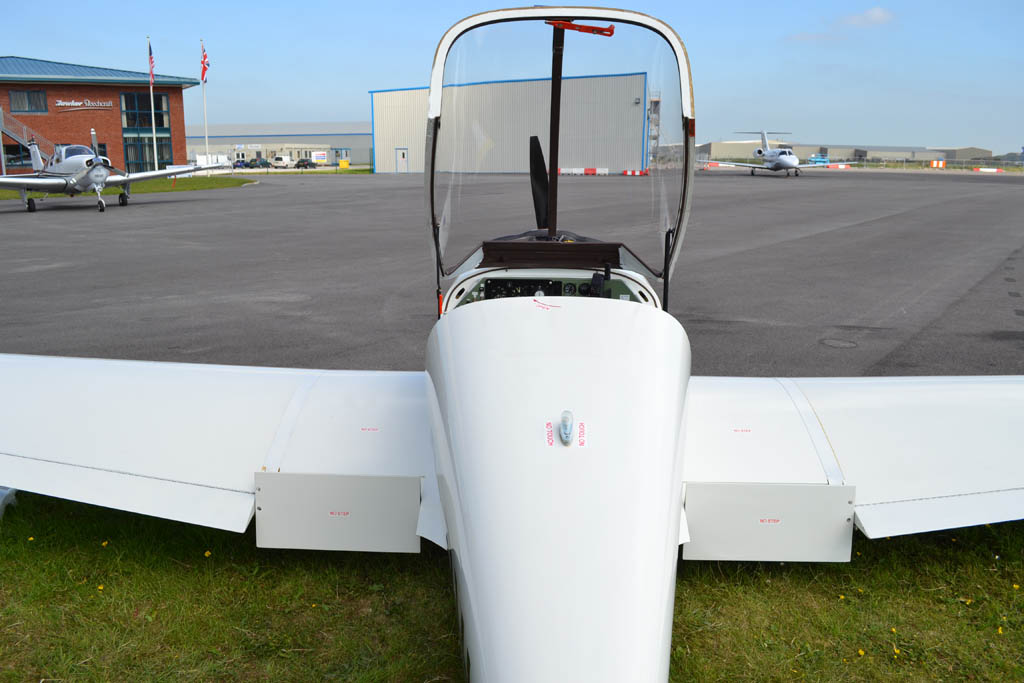
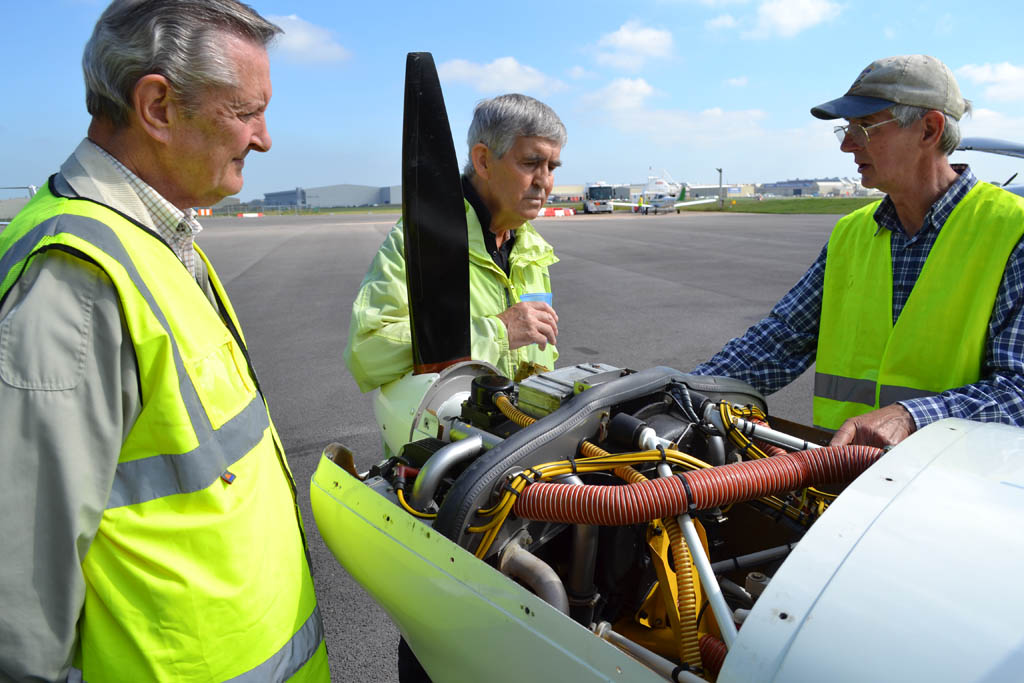
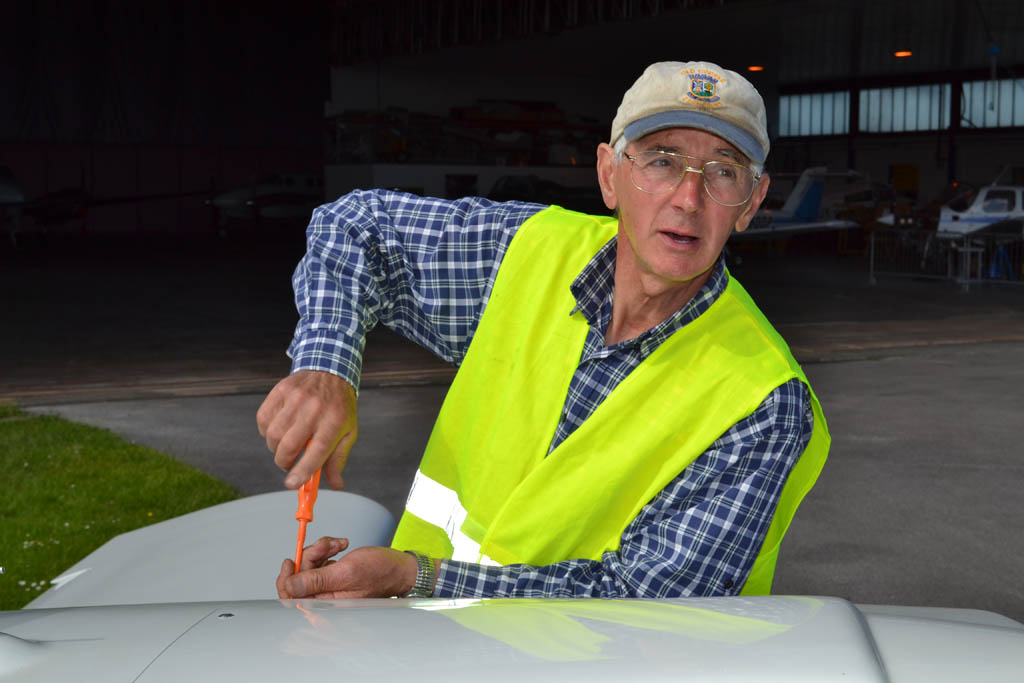
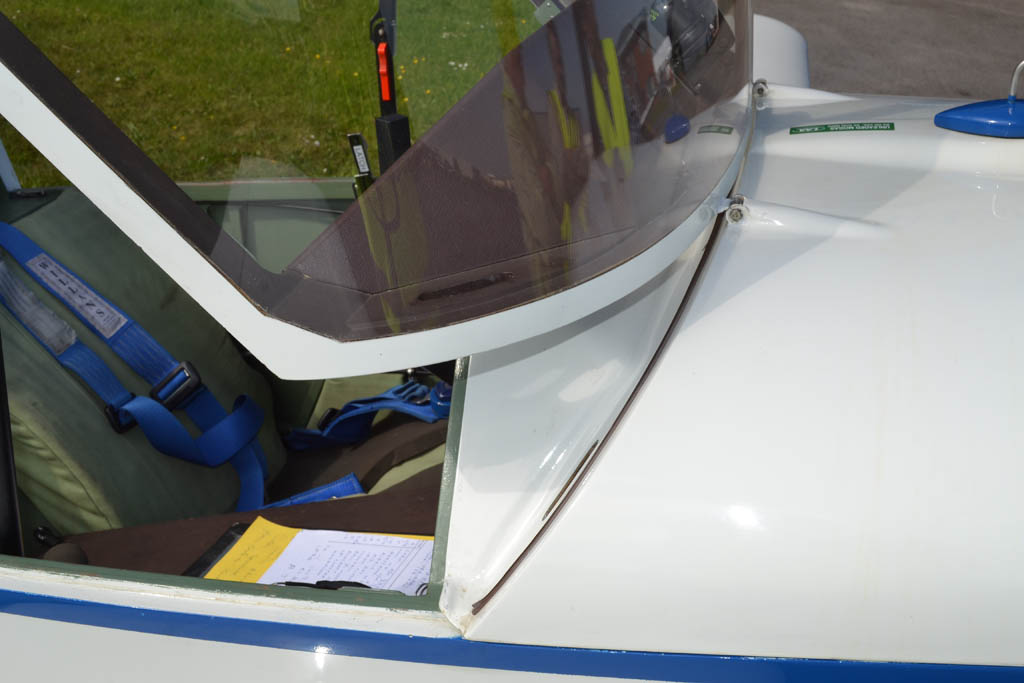
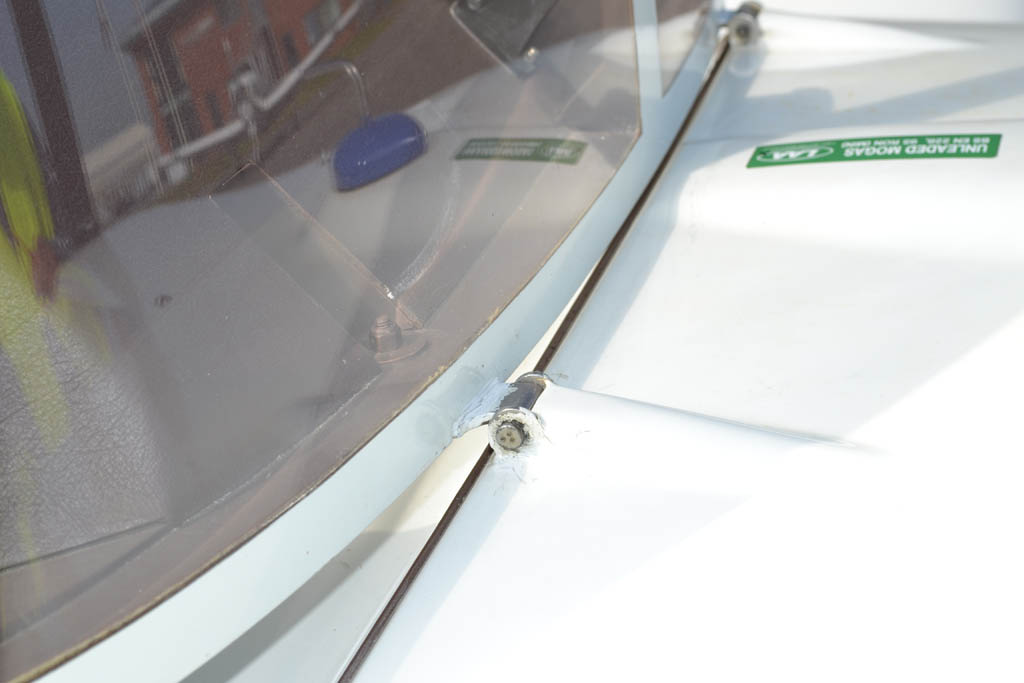
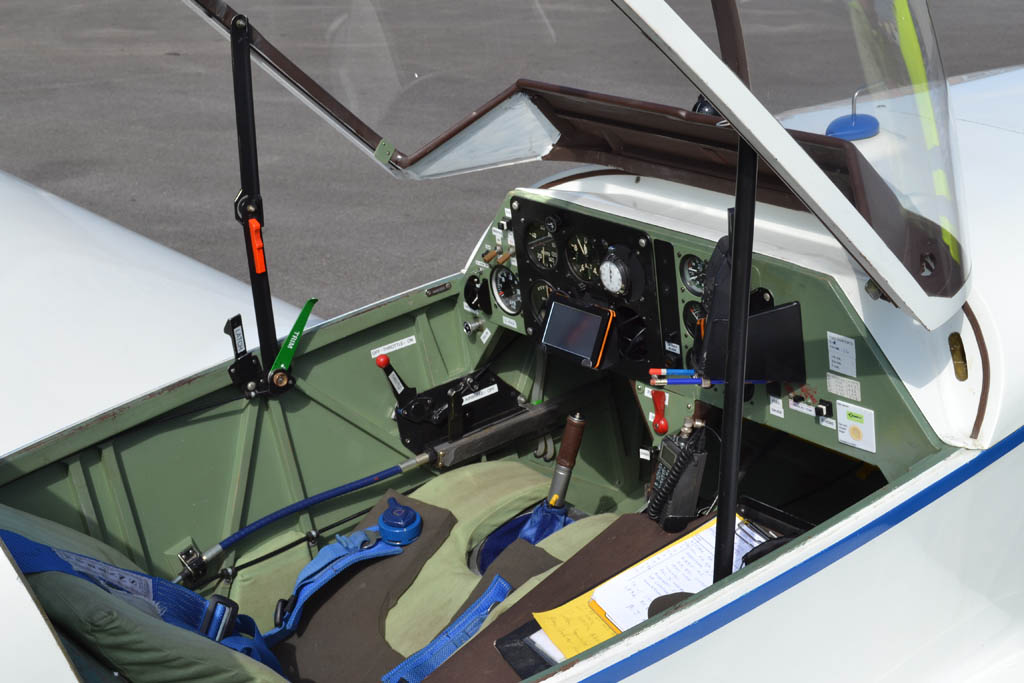
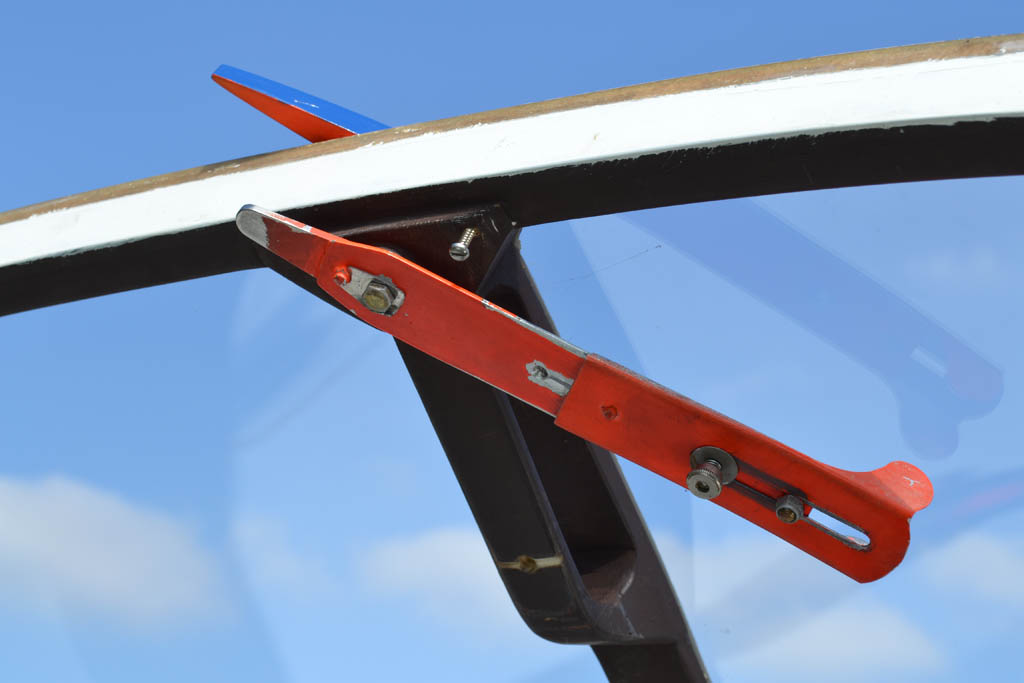
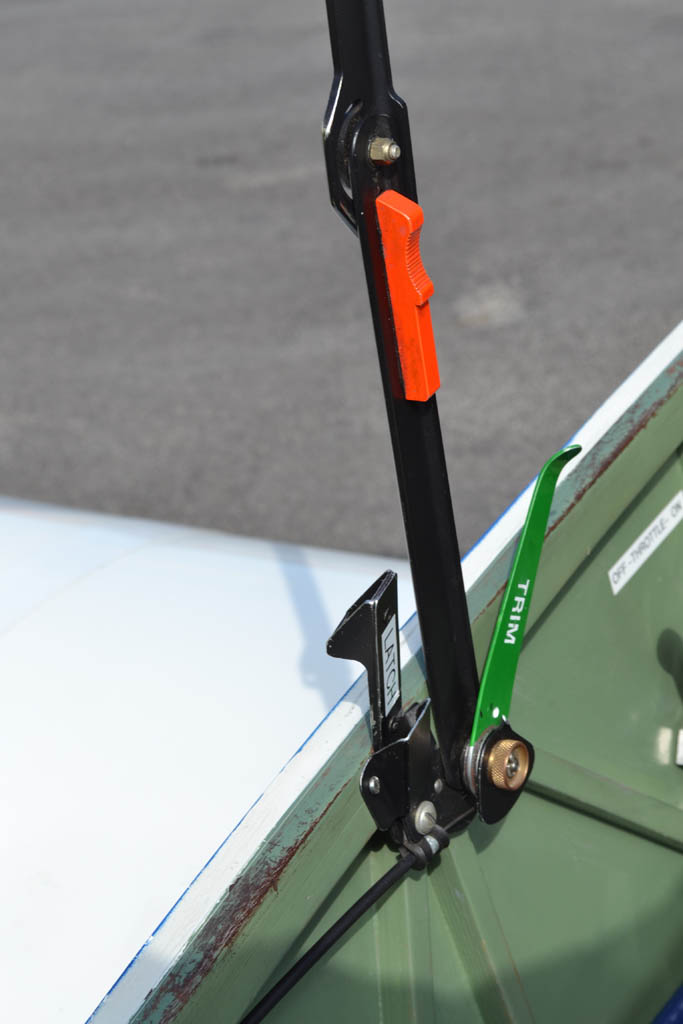
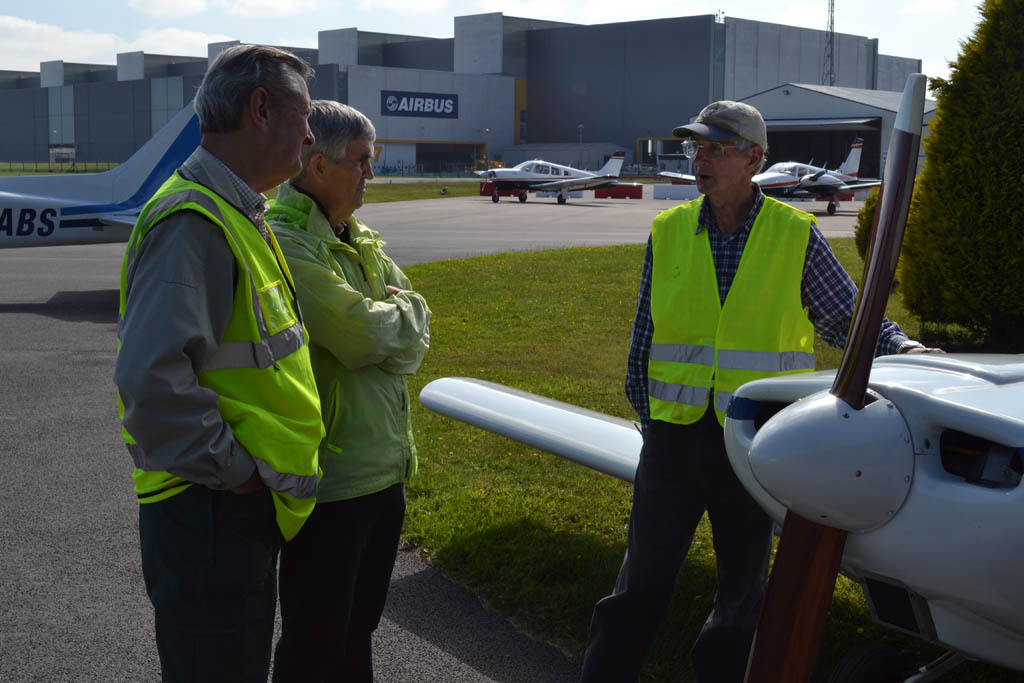
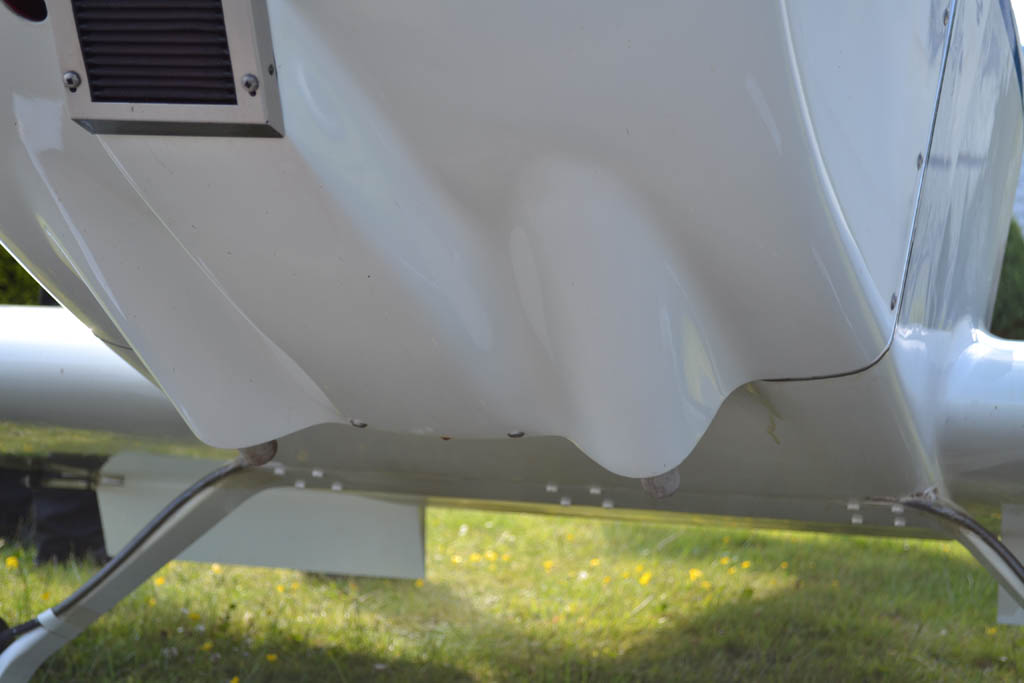
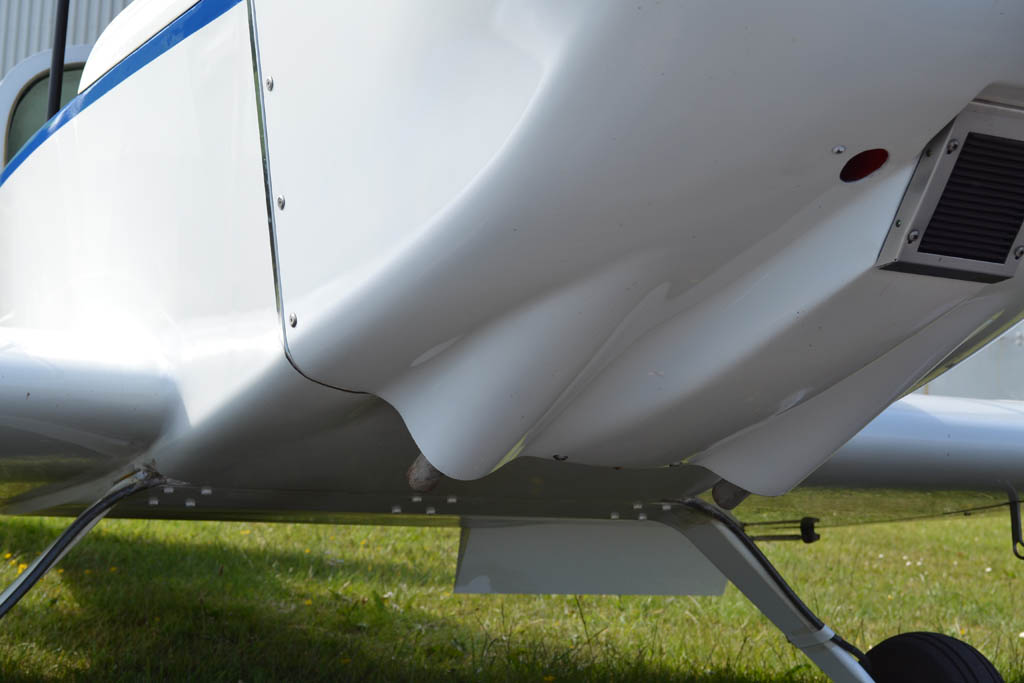
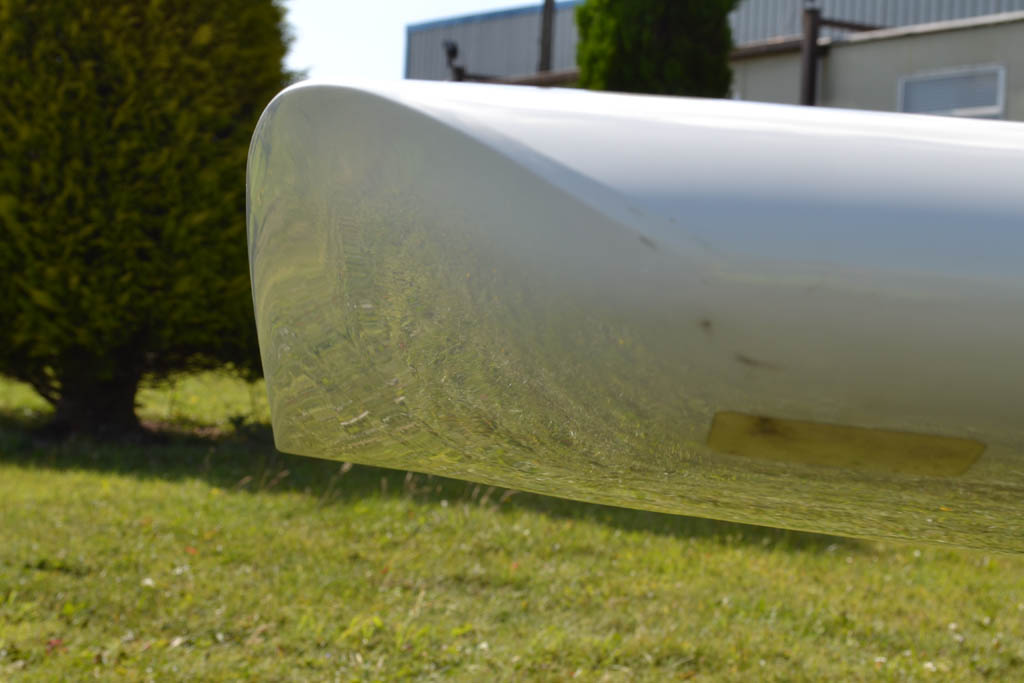
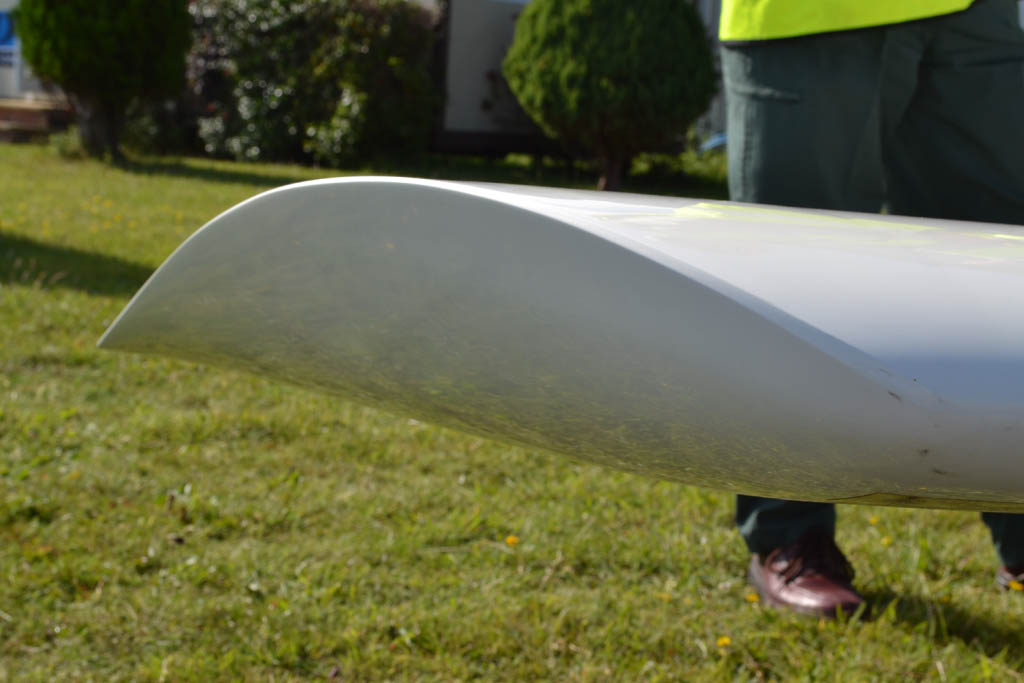
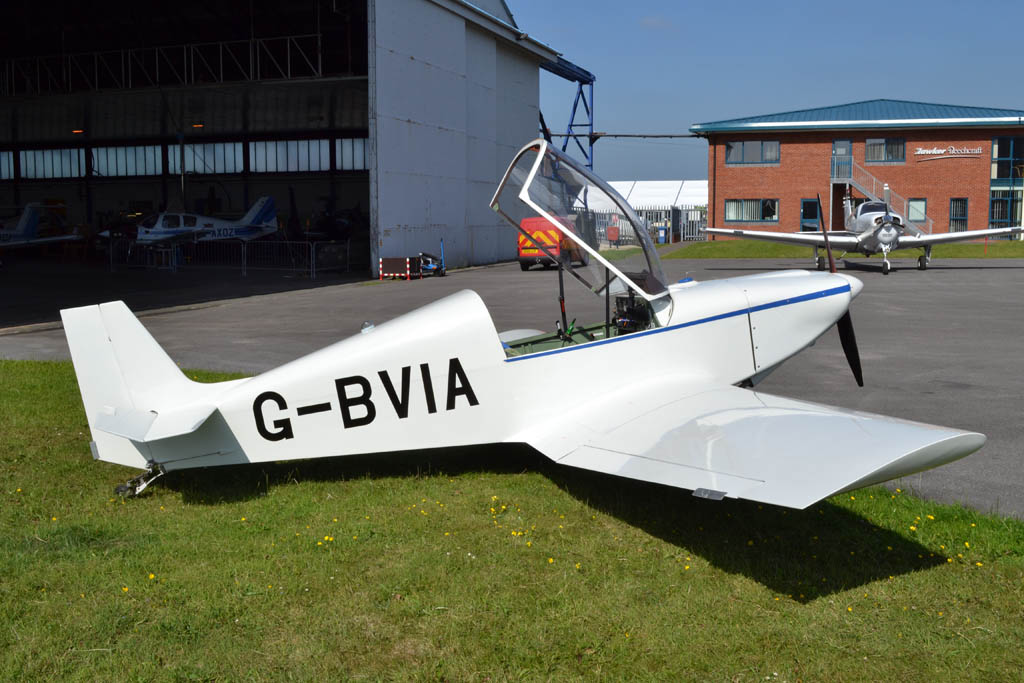
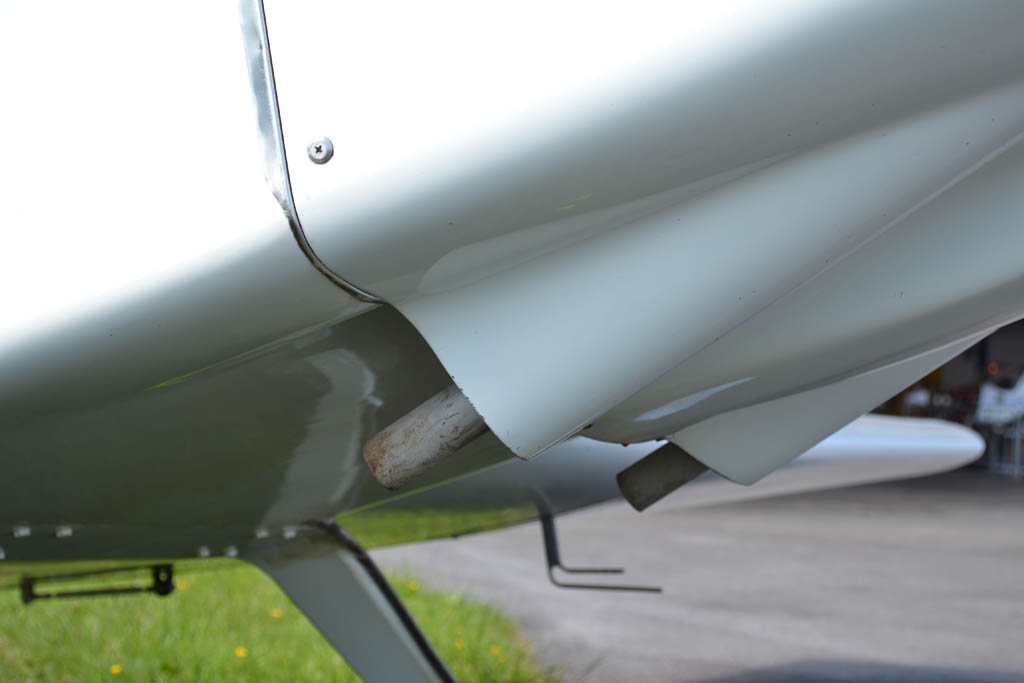
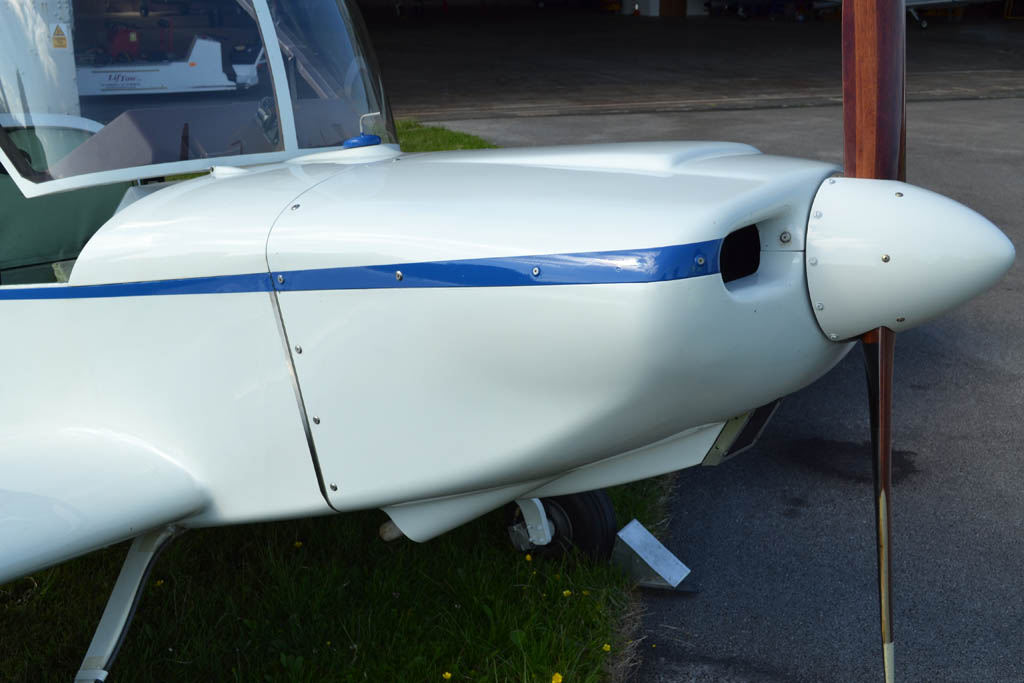
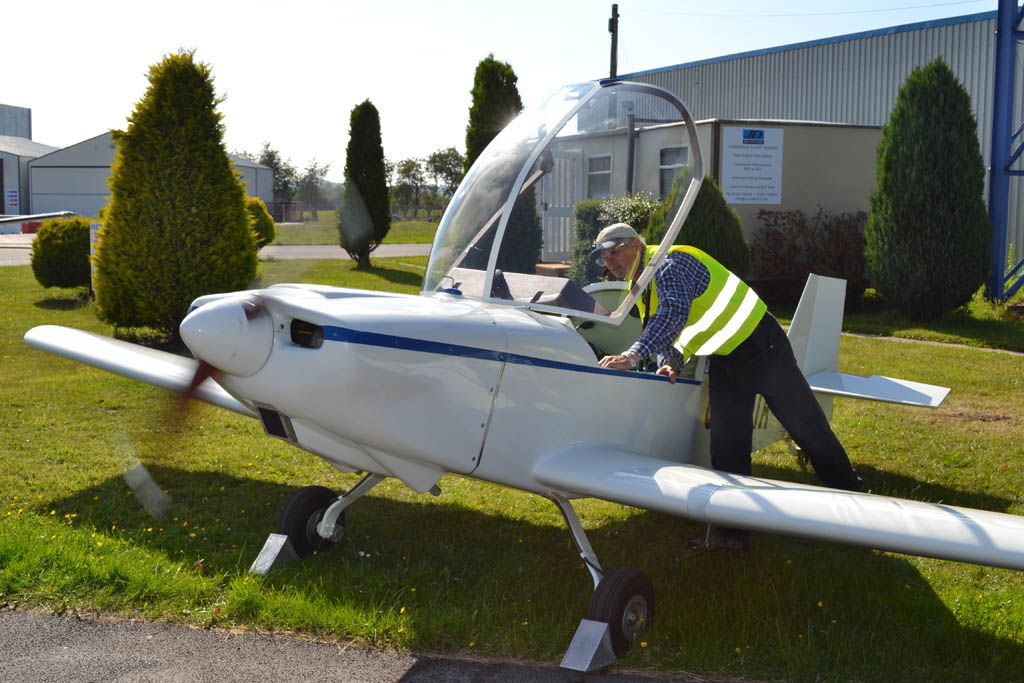
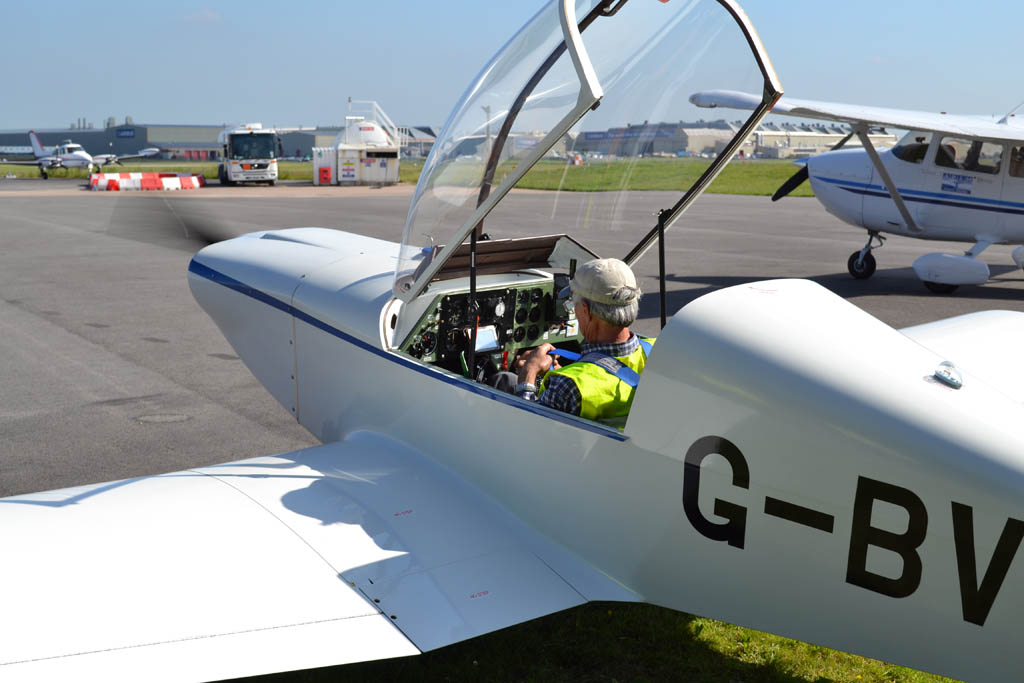
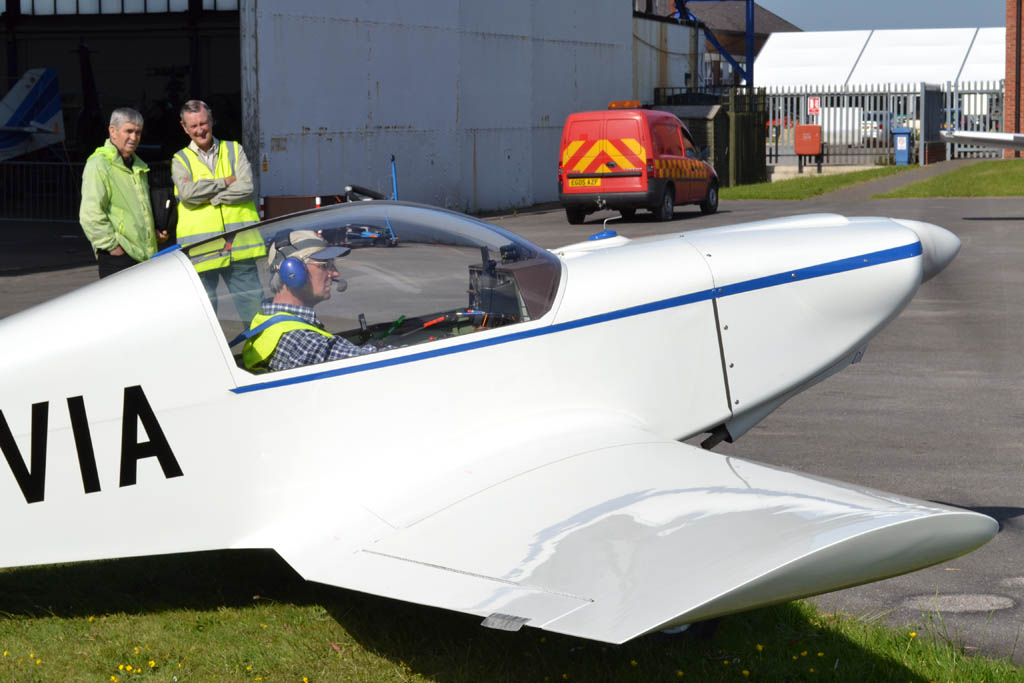
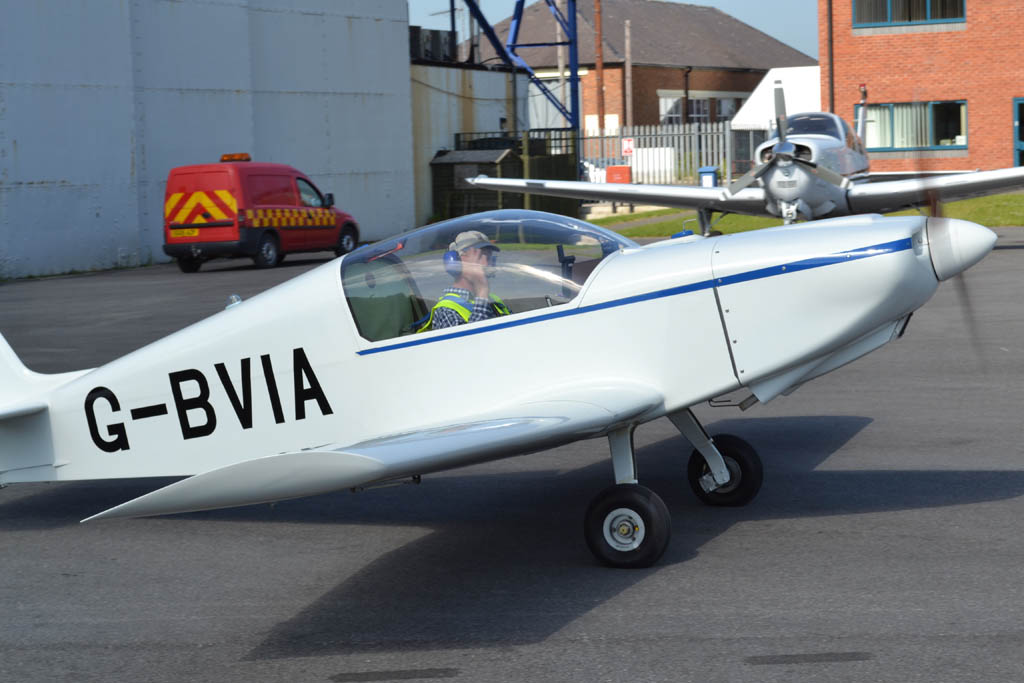
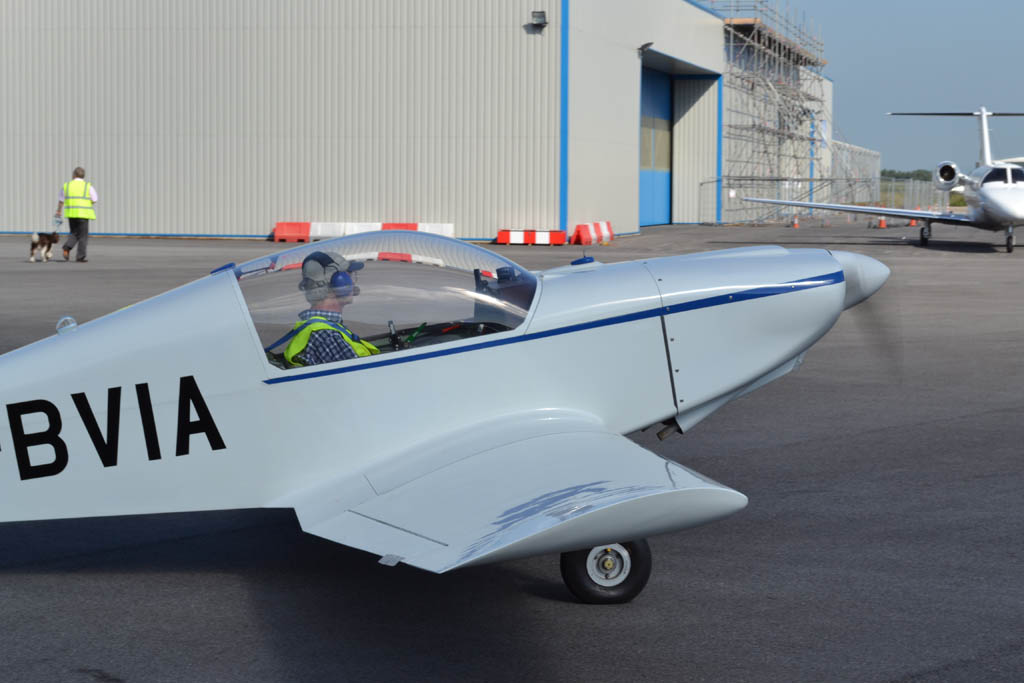




 The wing ‘easy handling’ tray.
The wing ‘easy handling’ tray.















































































